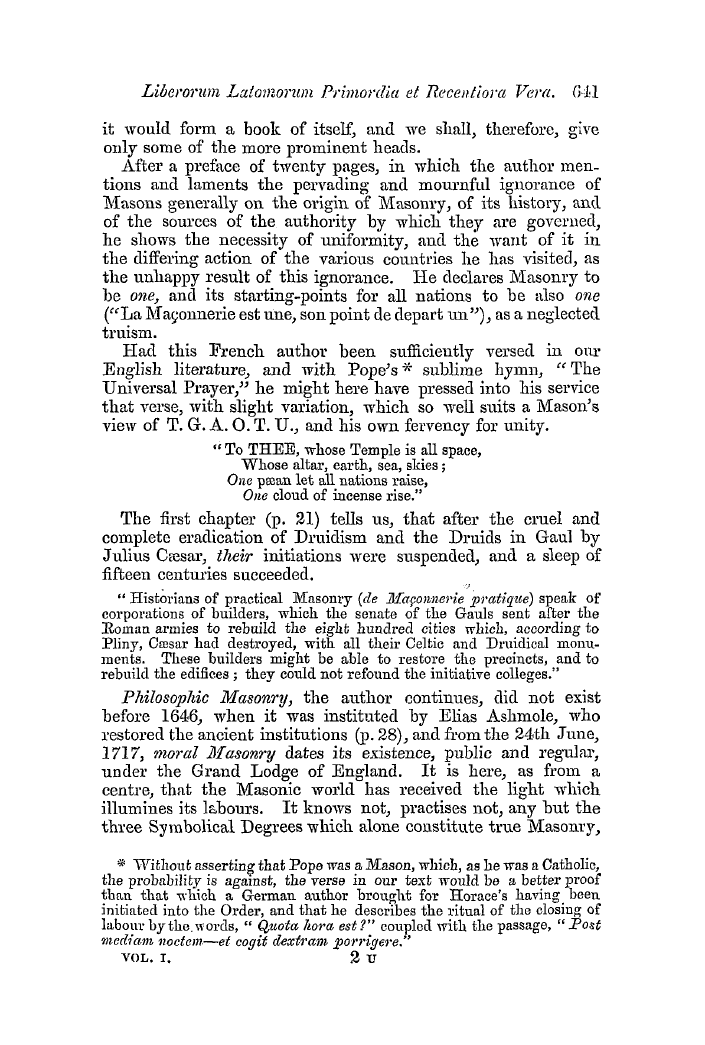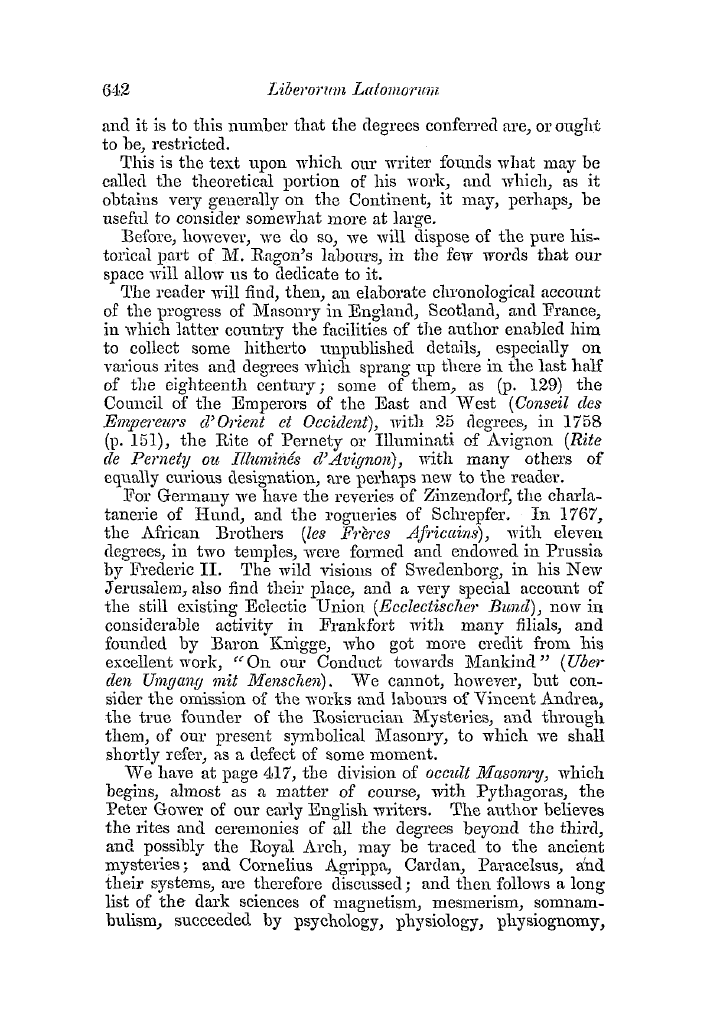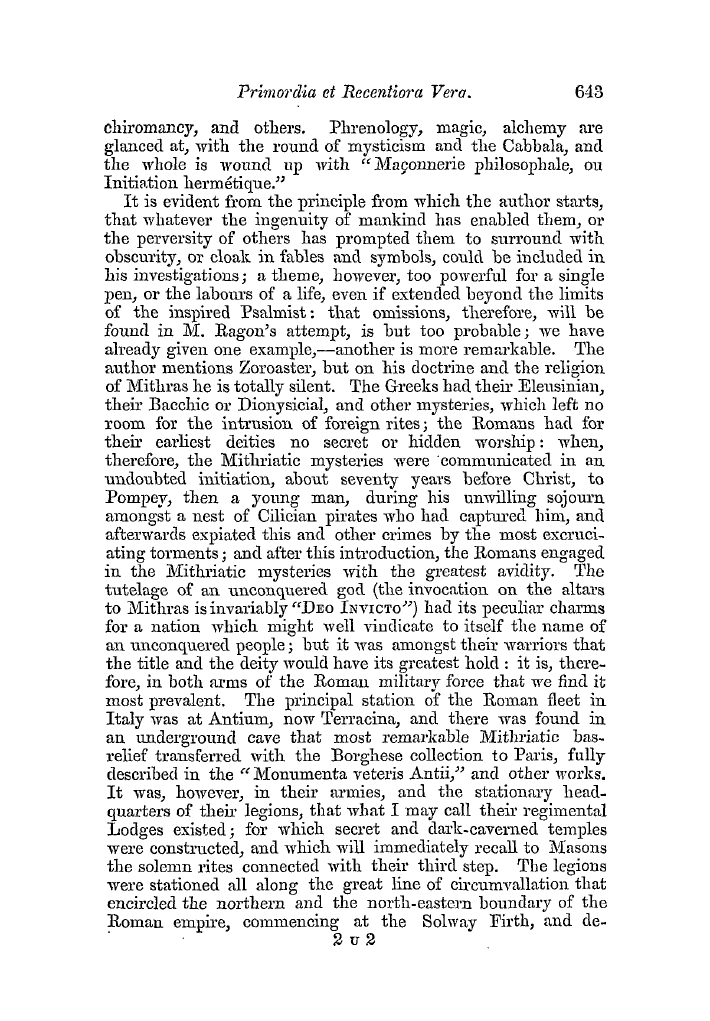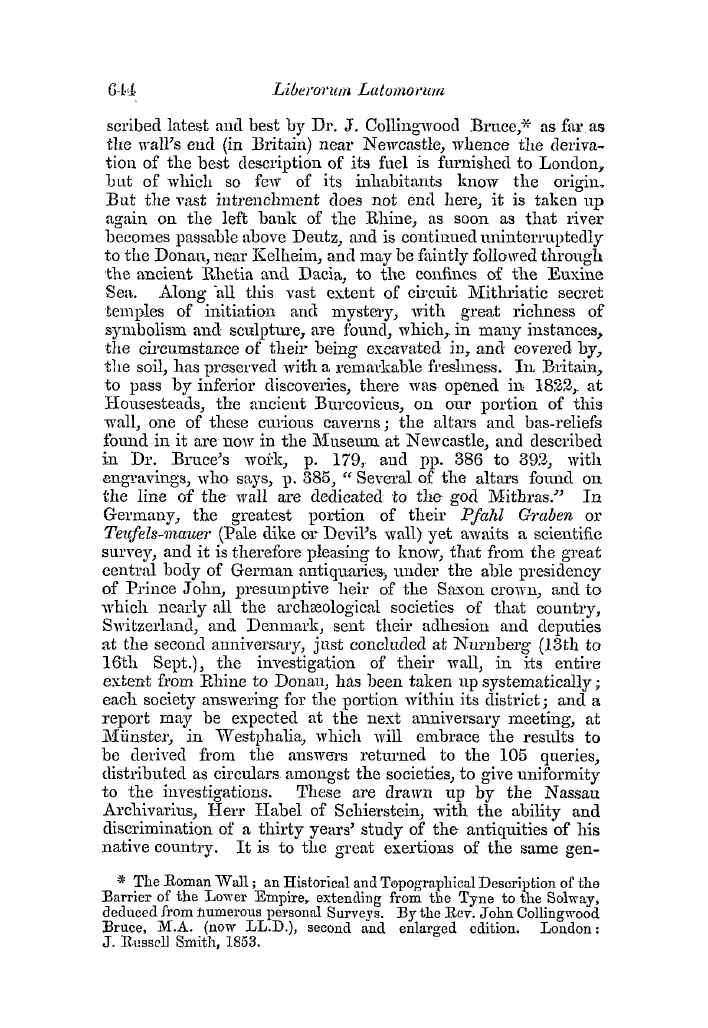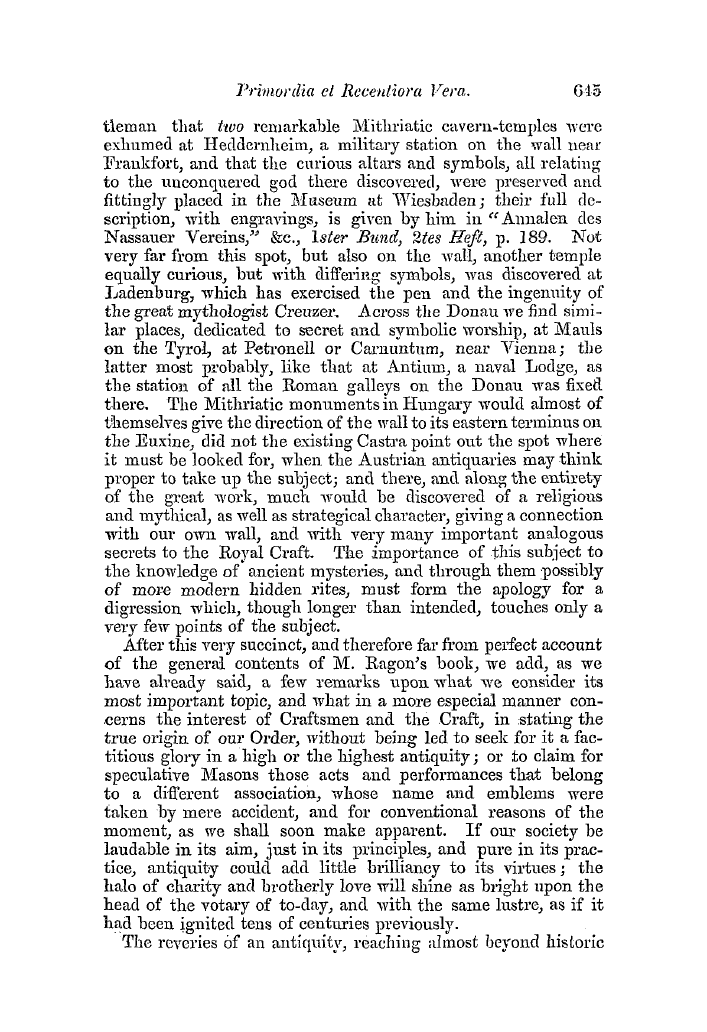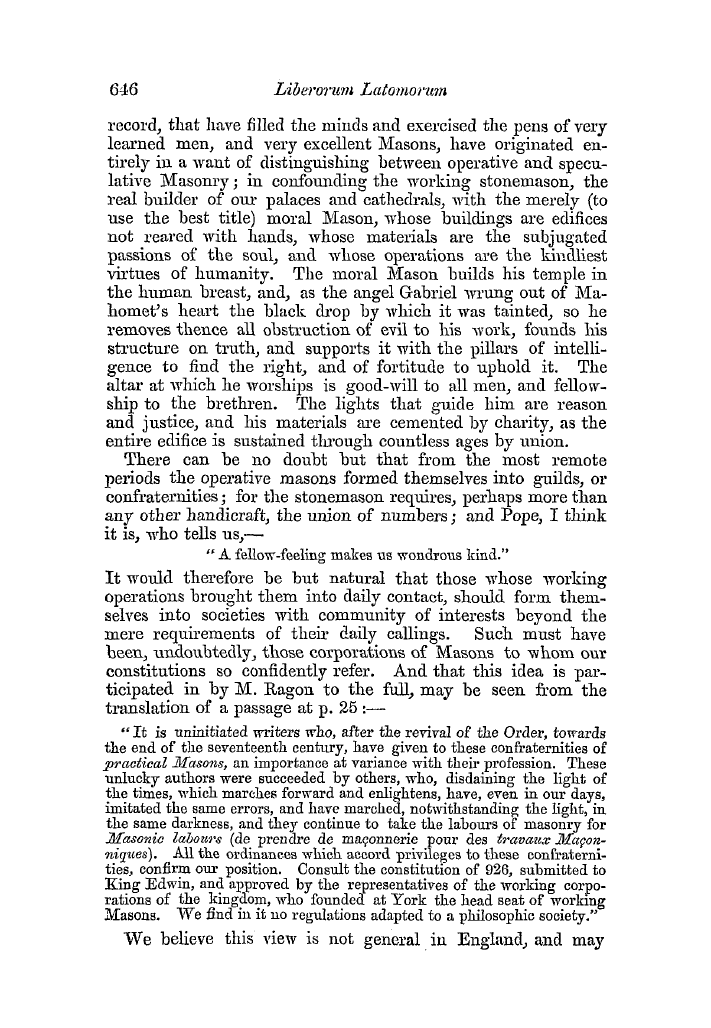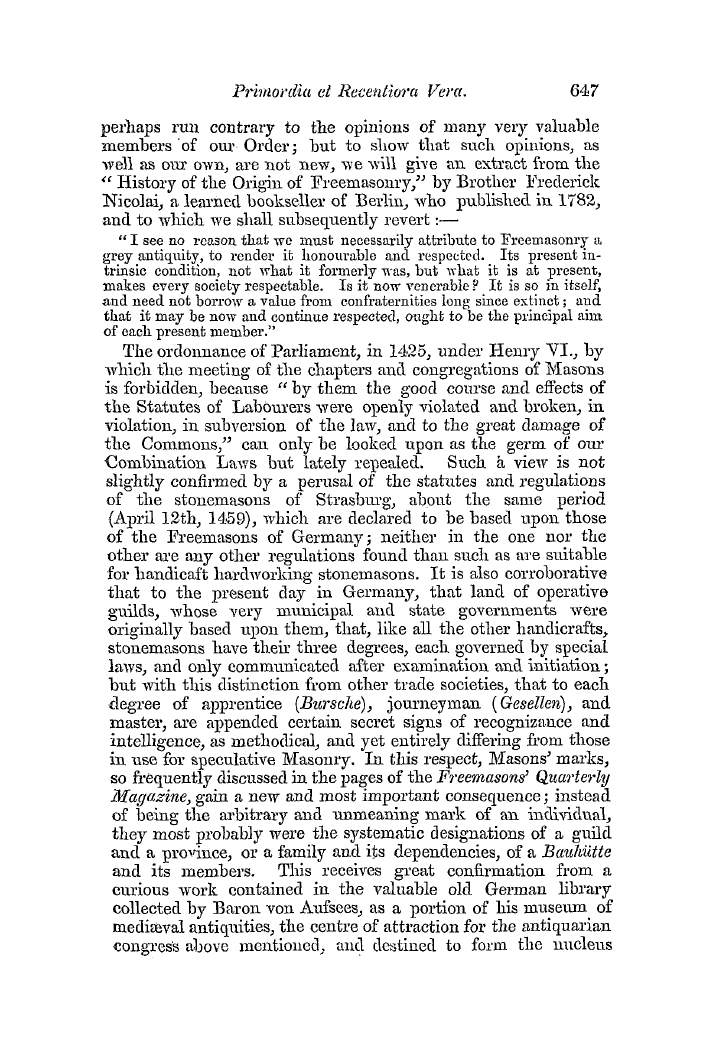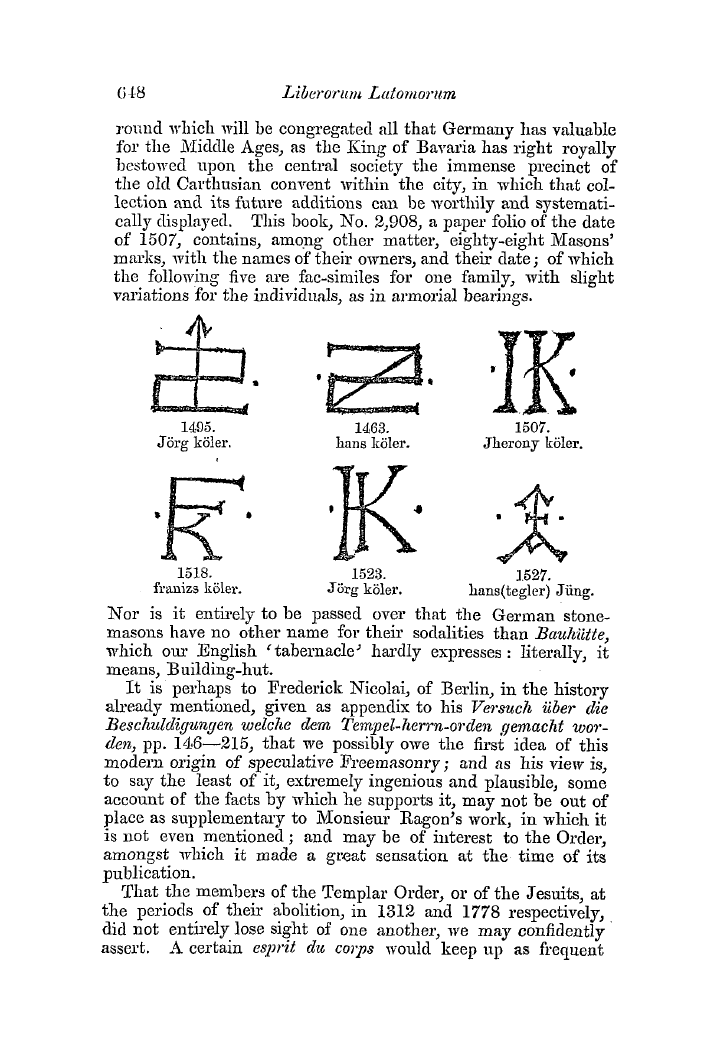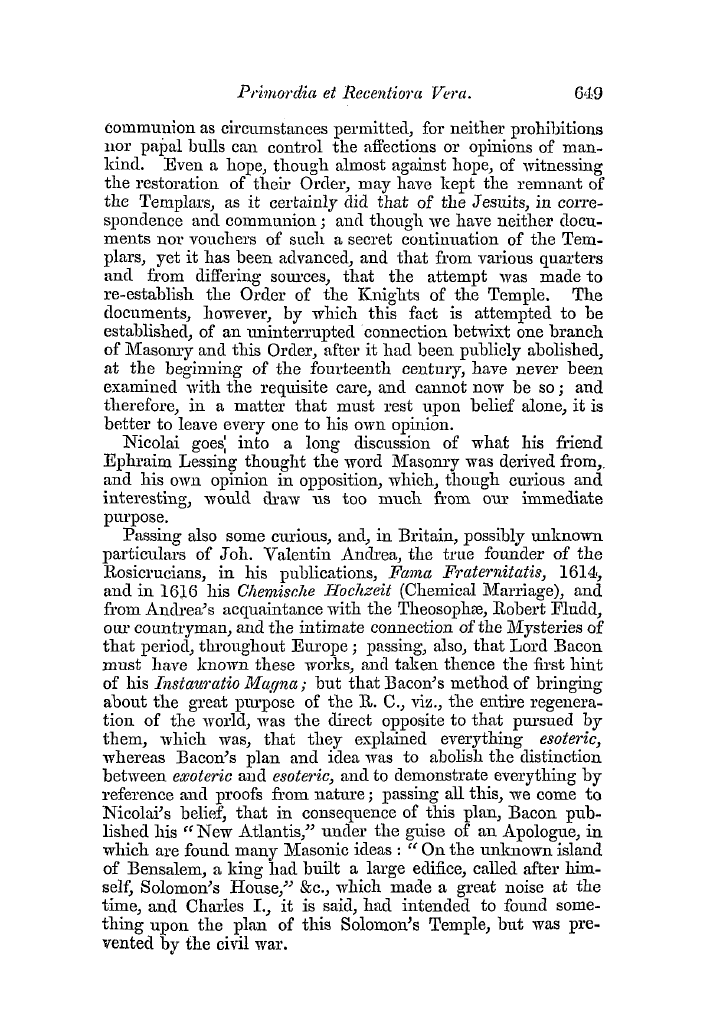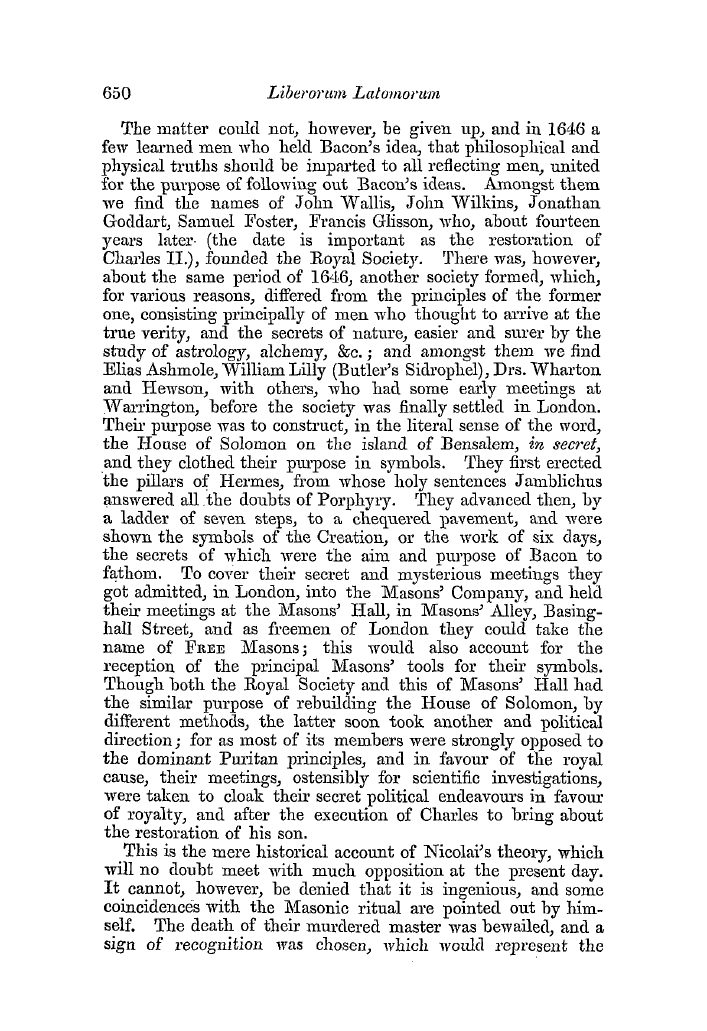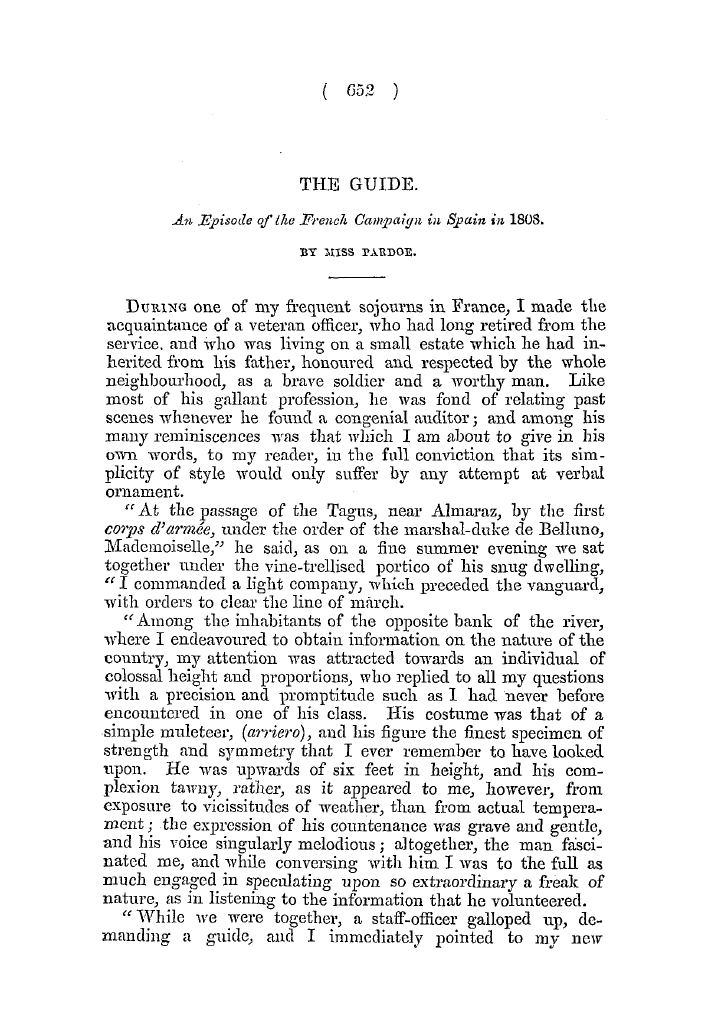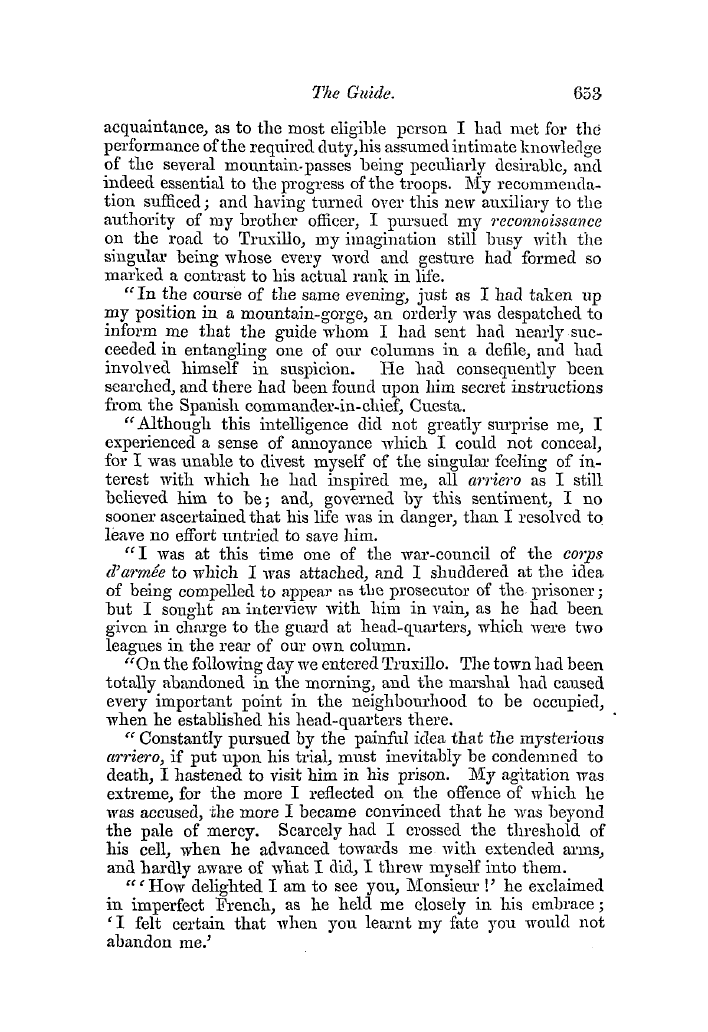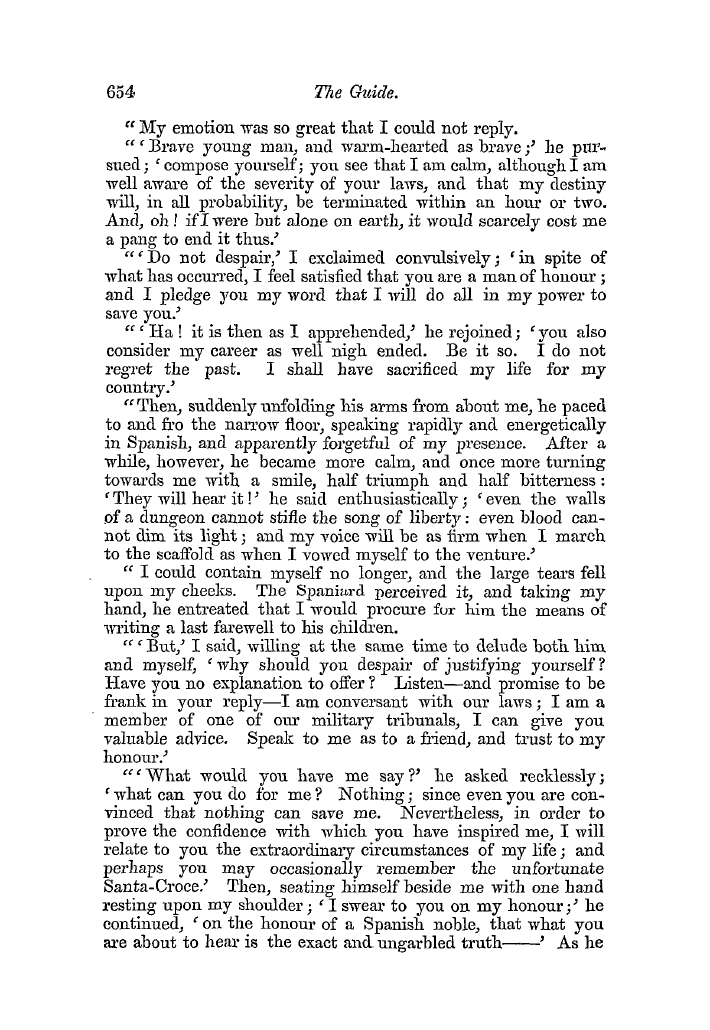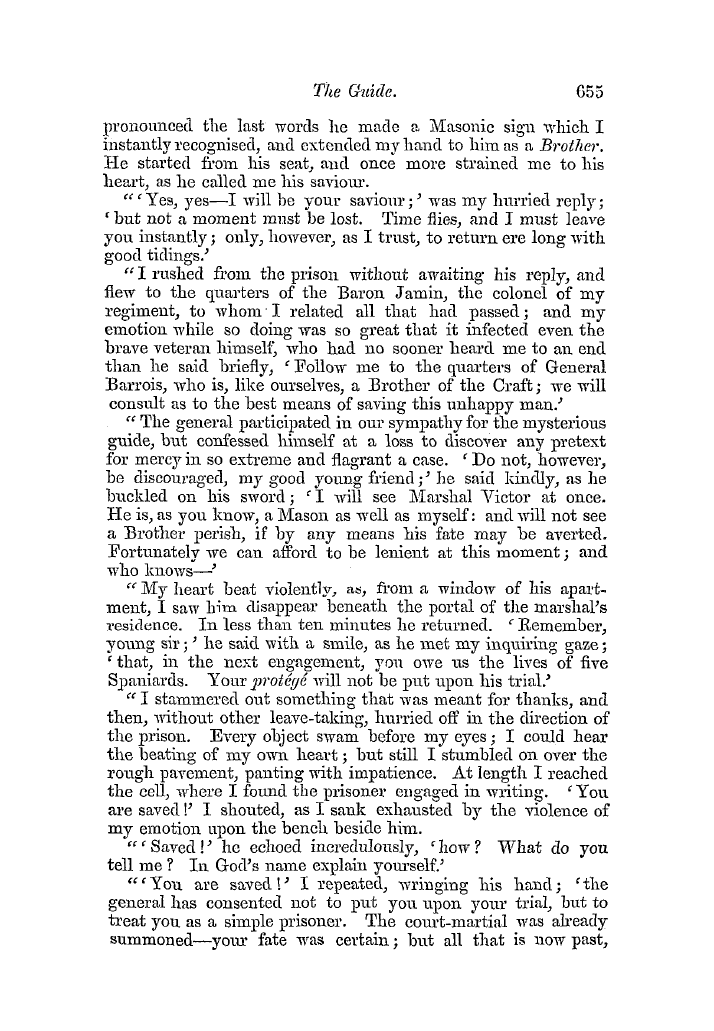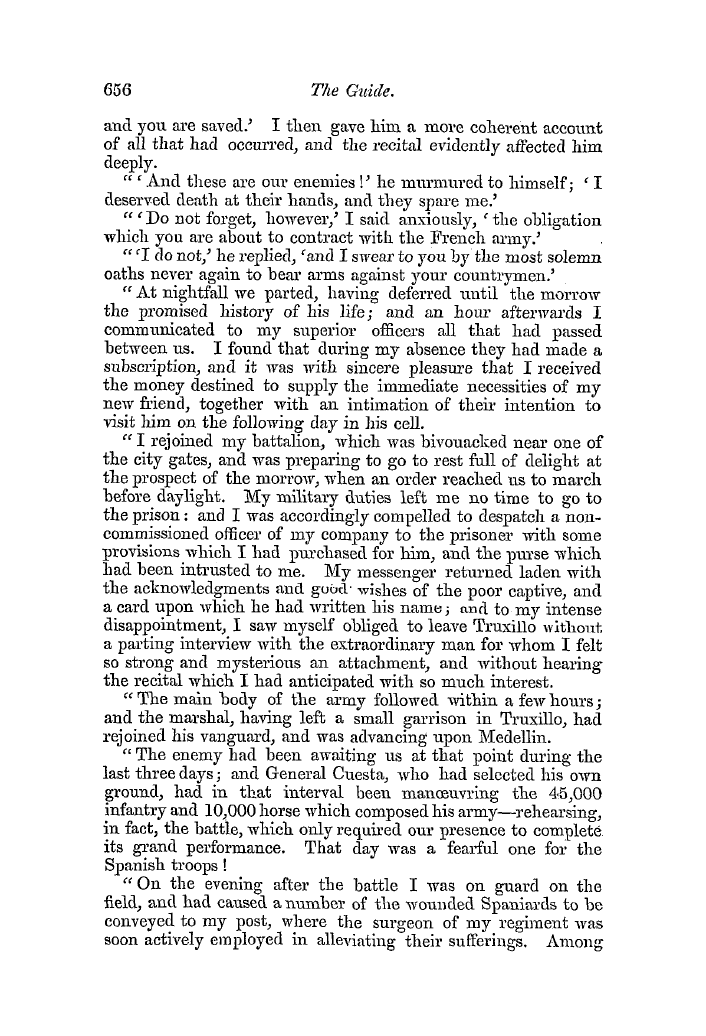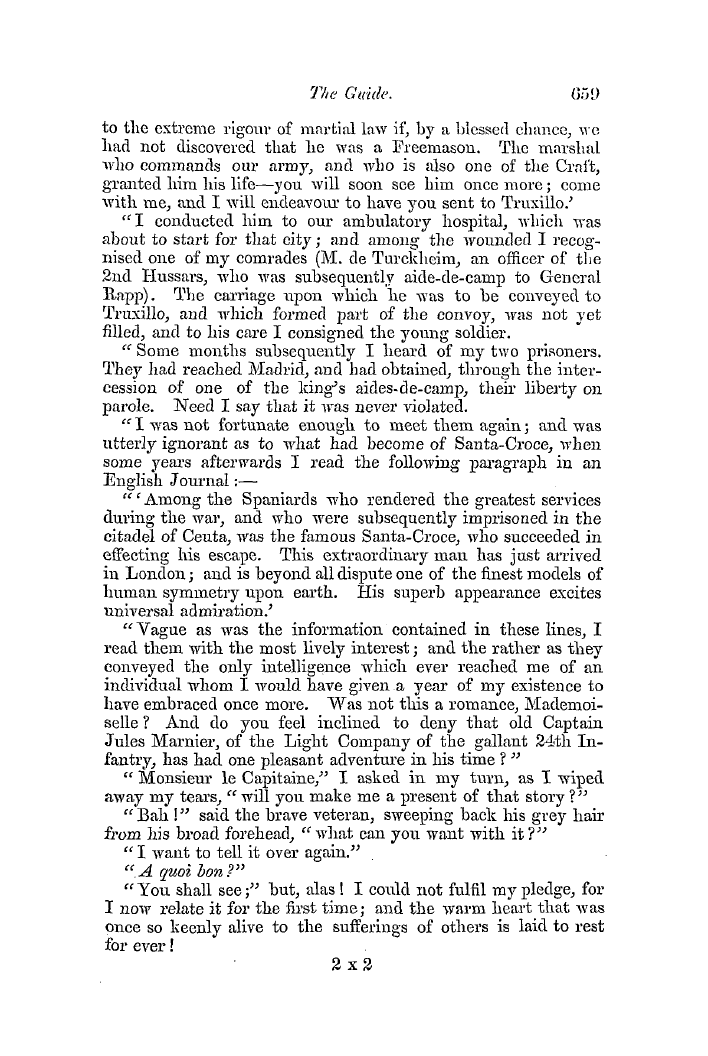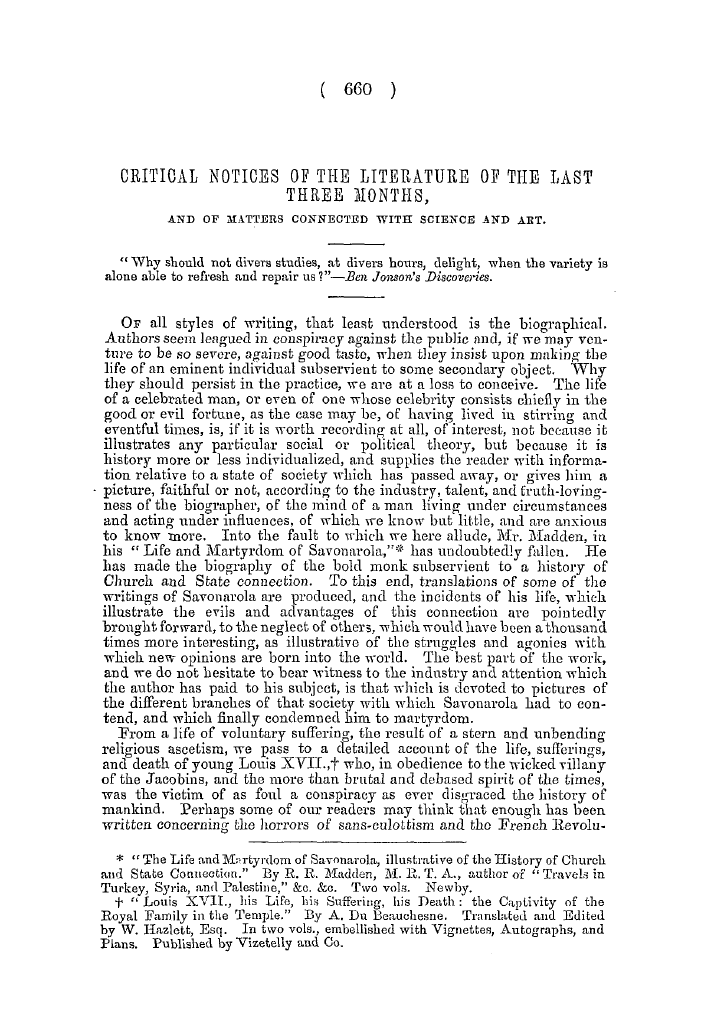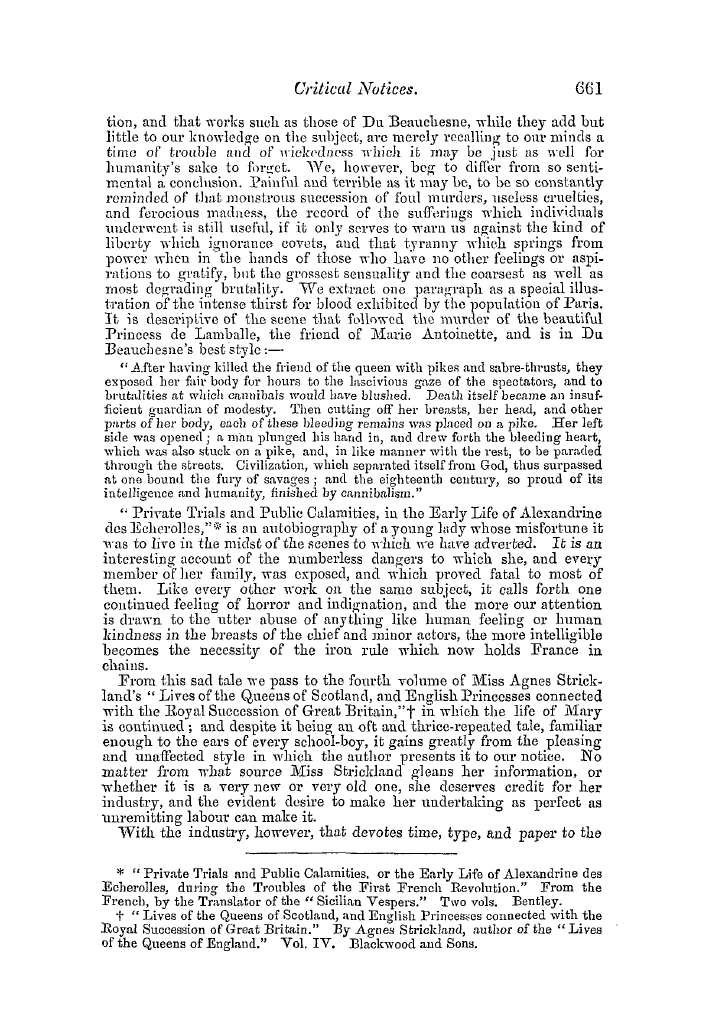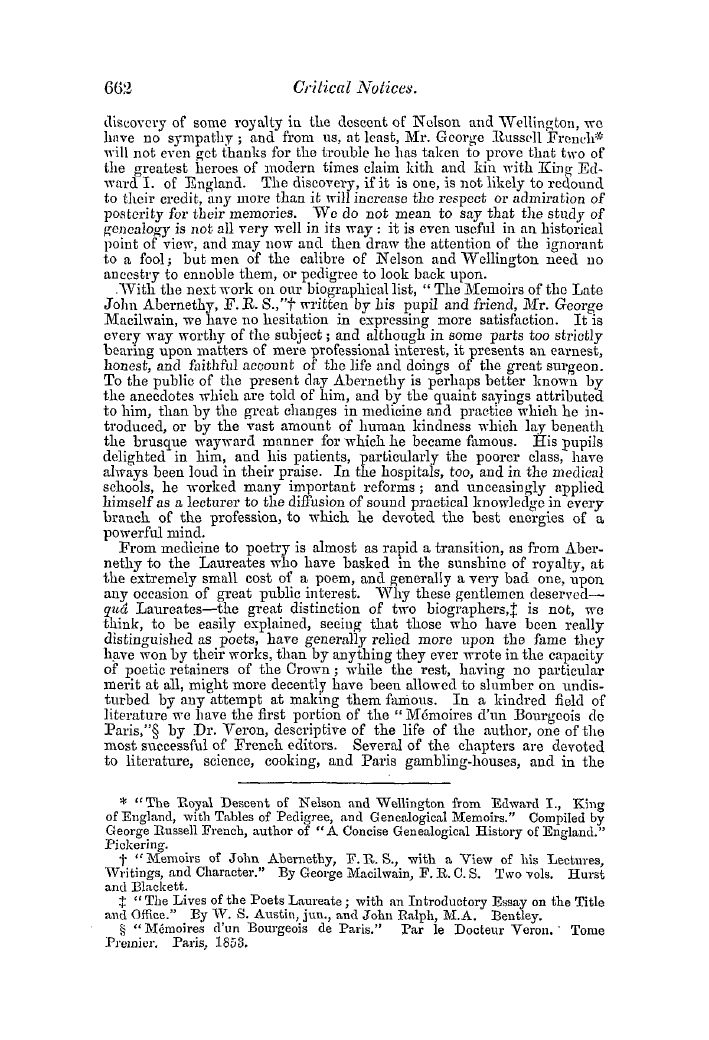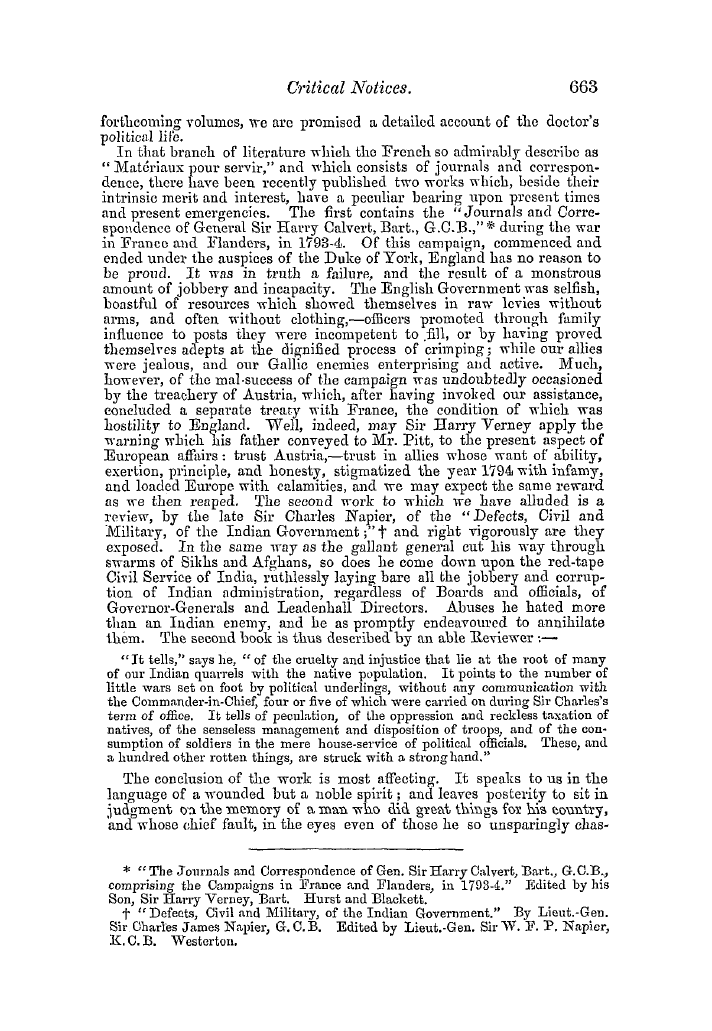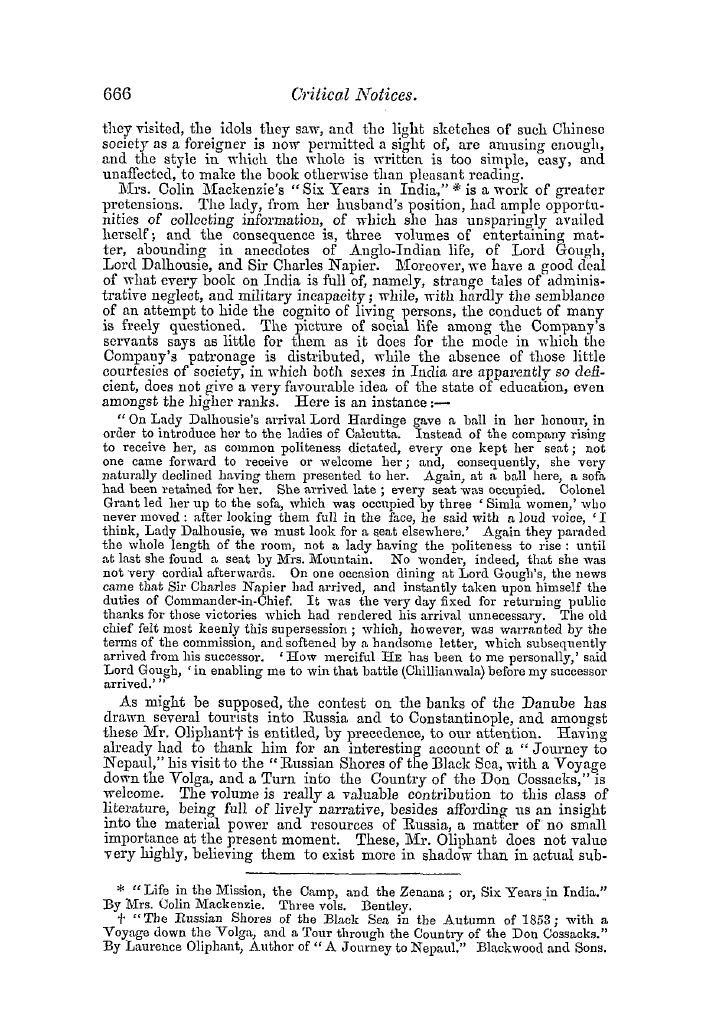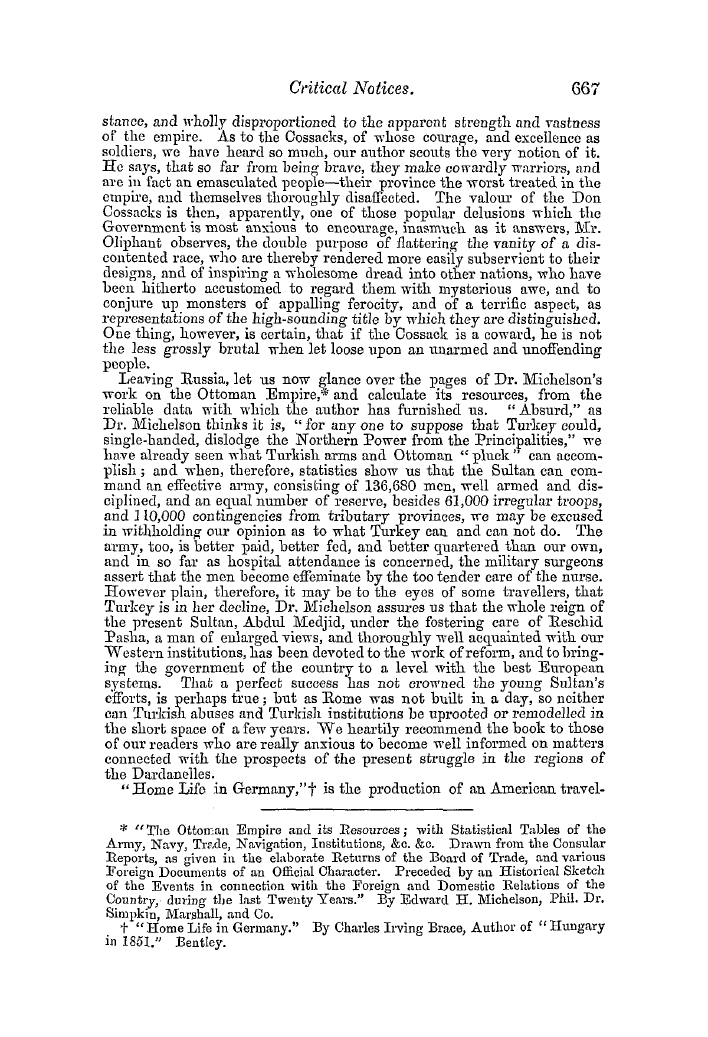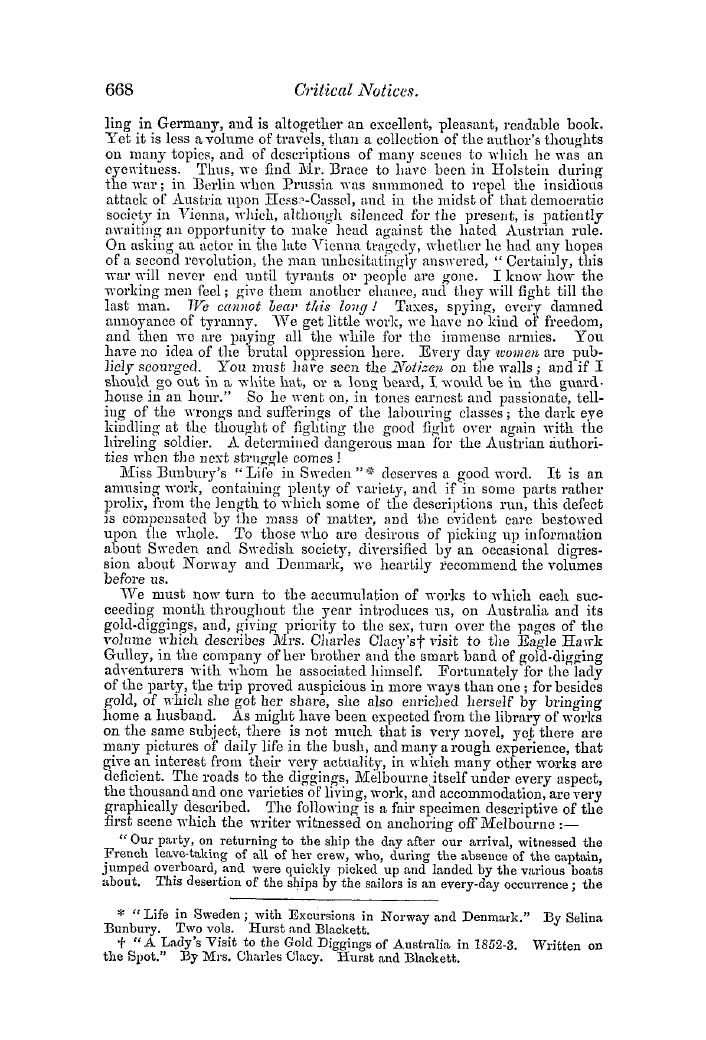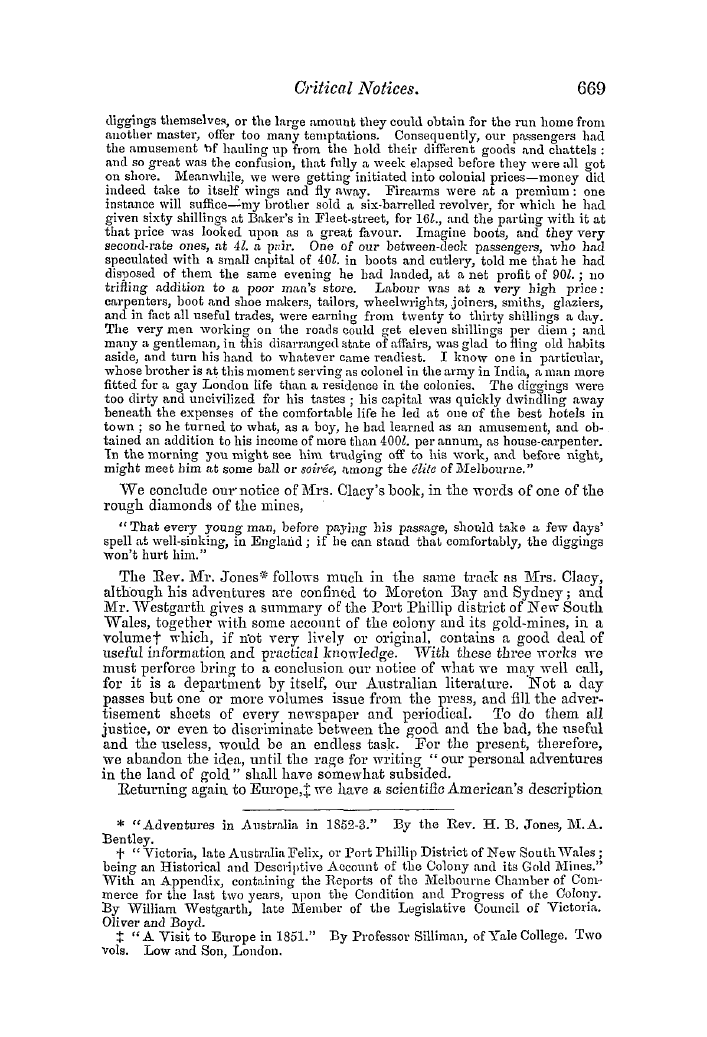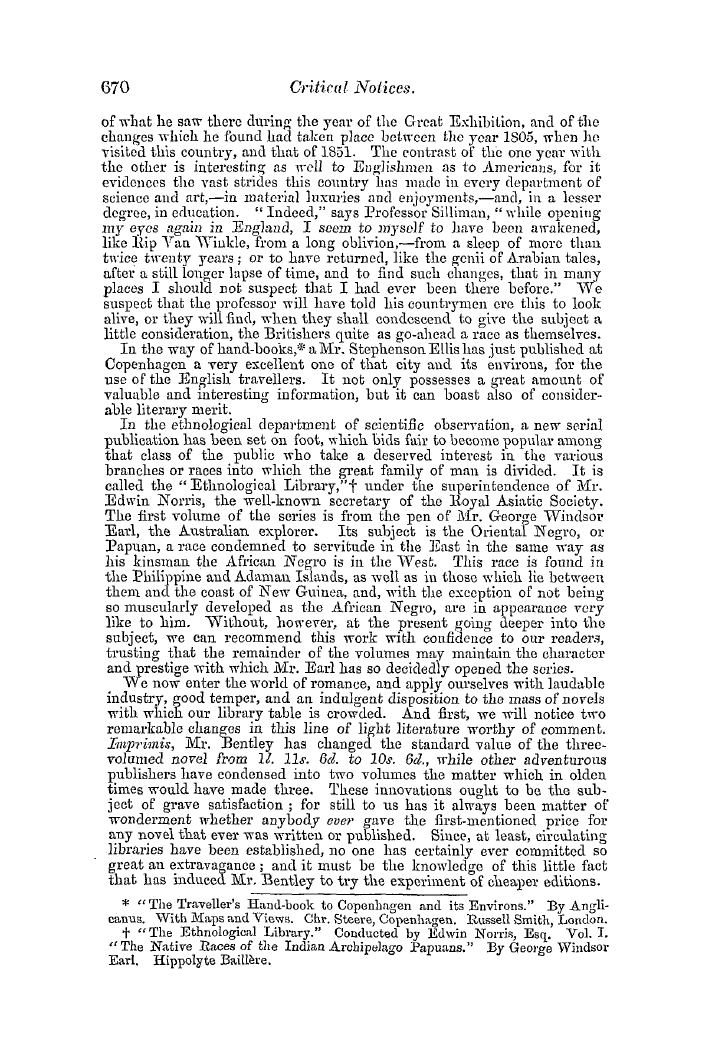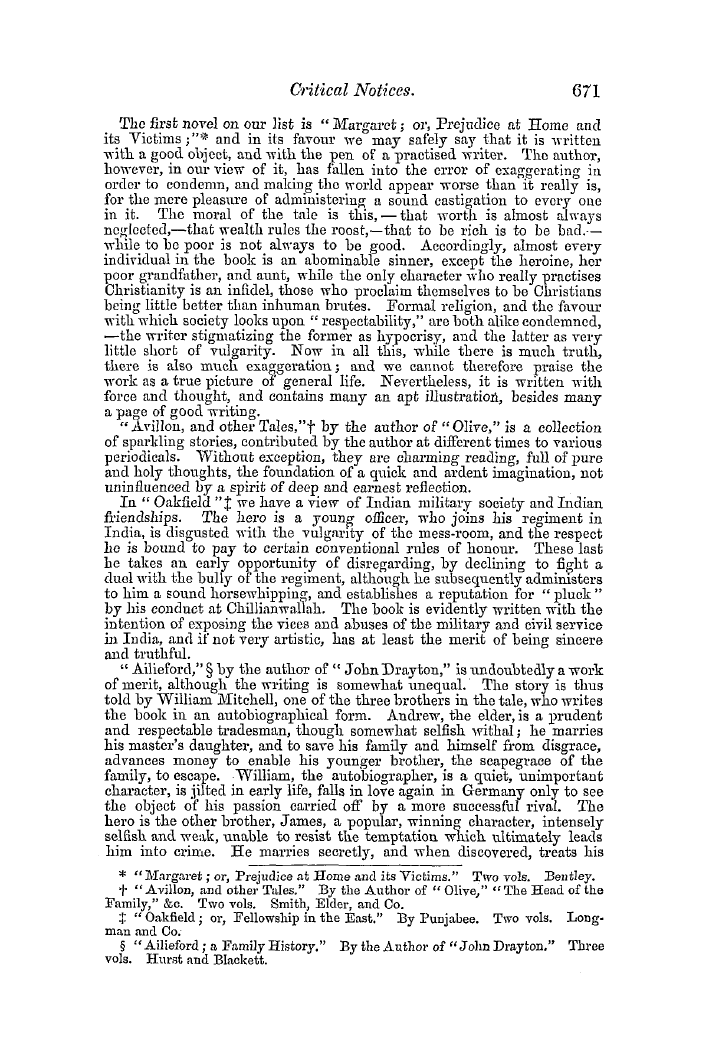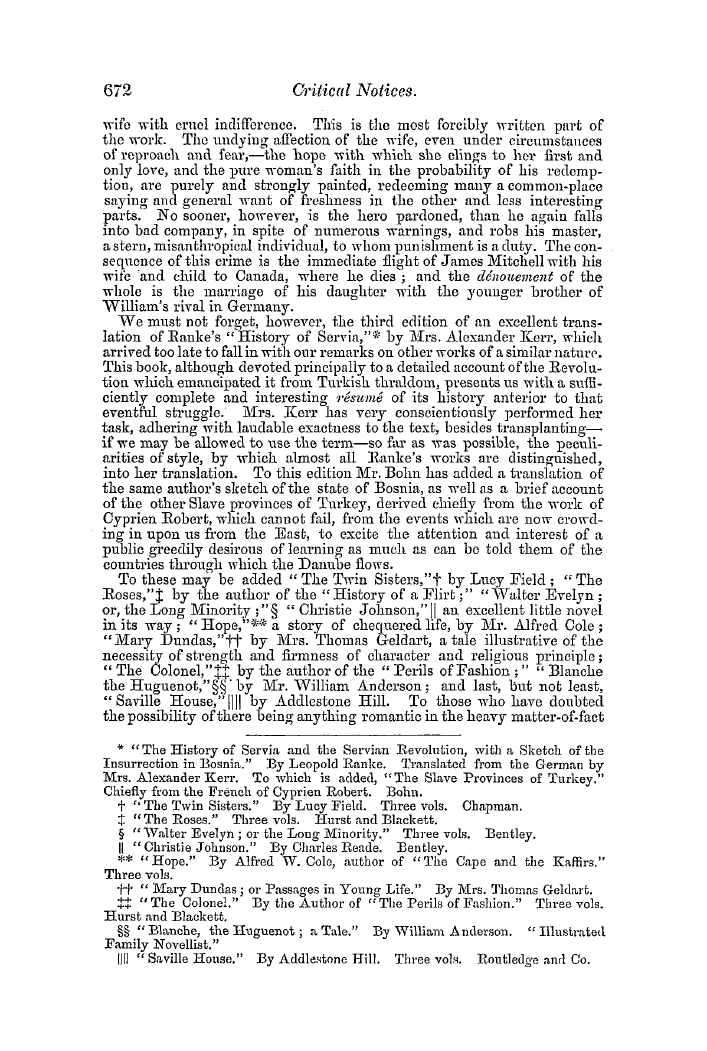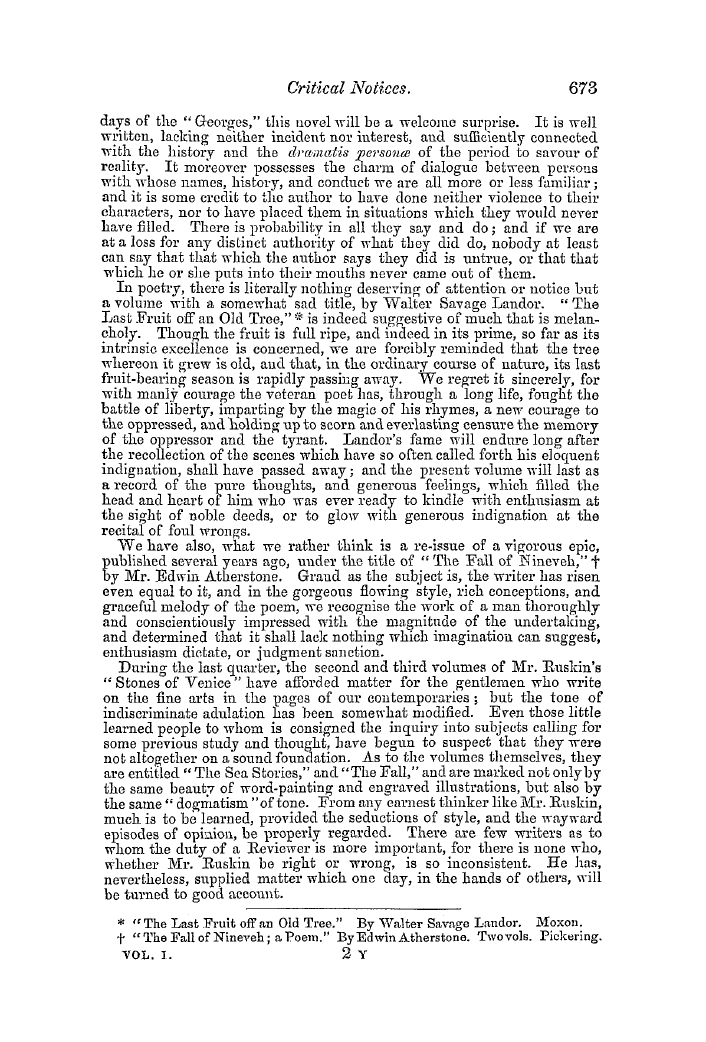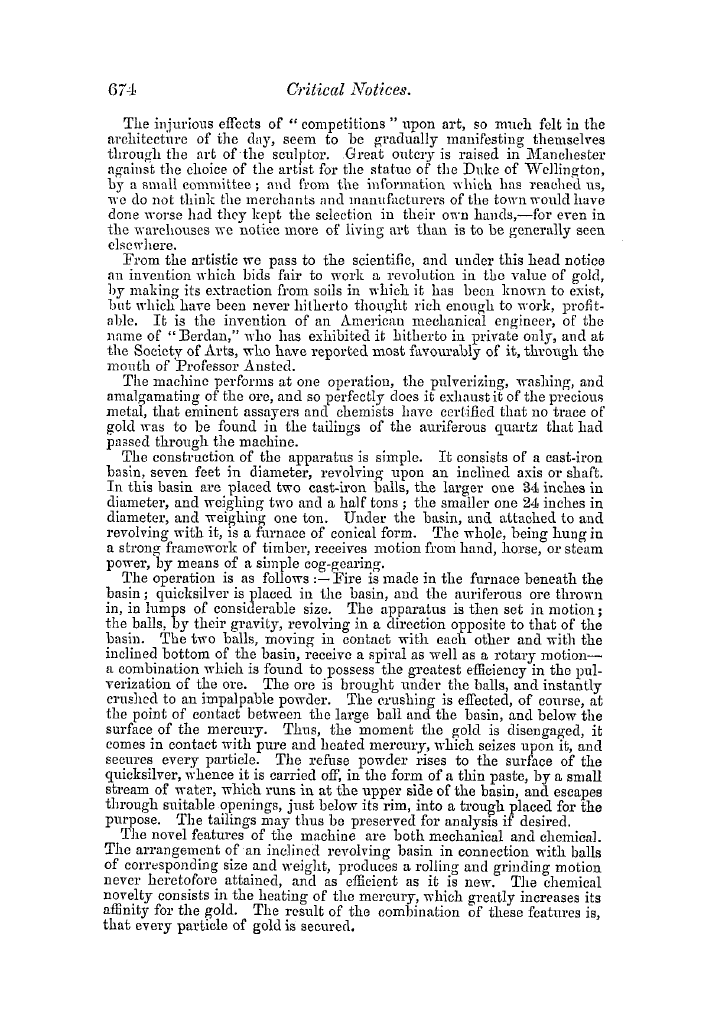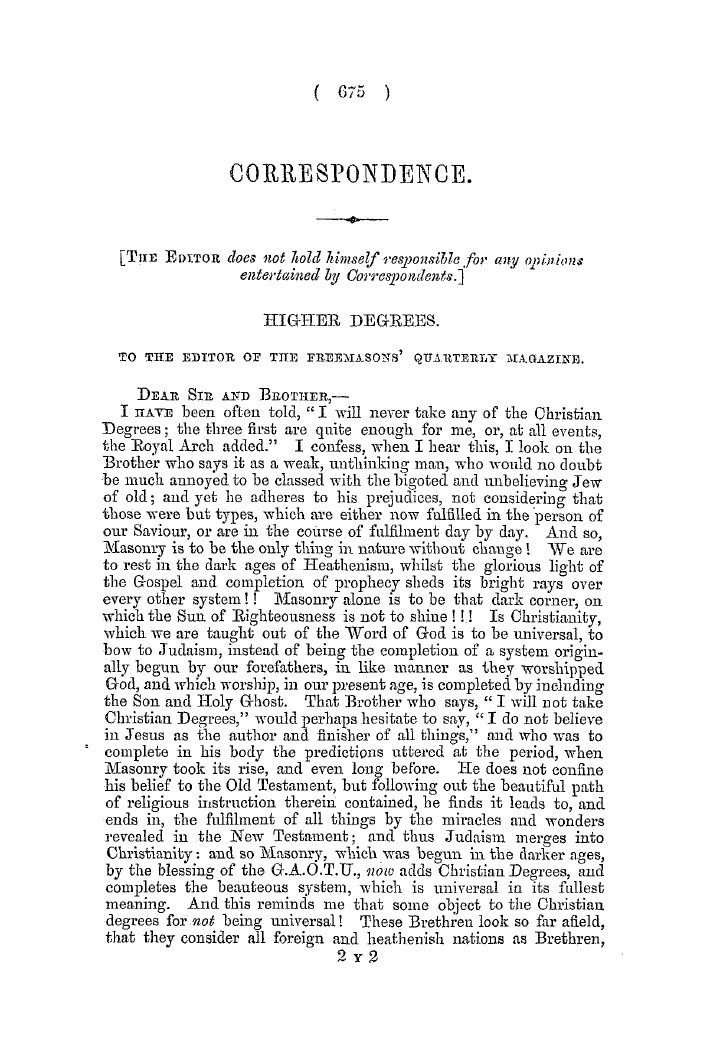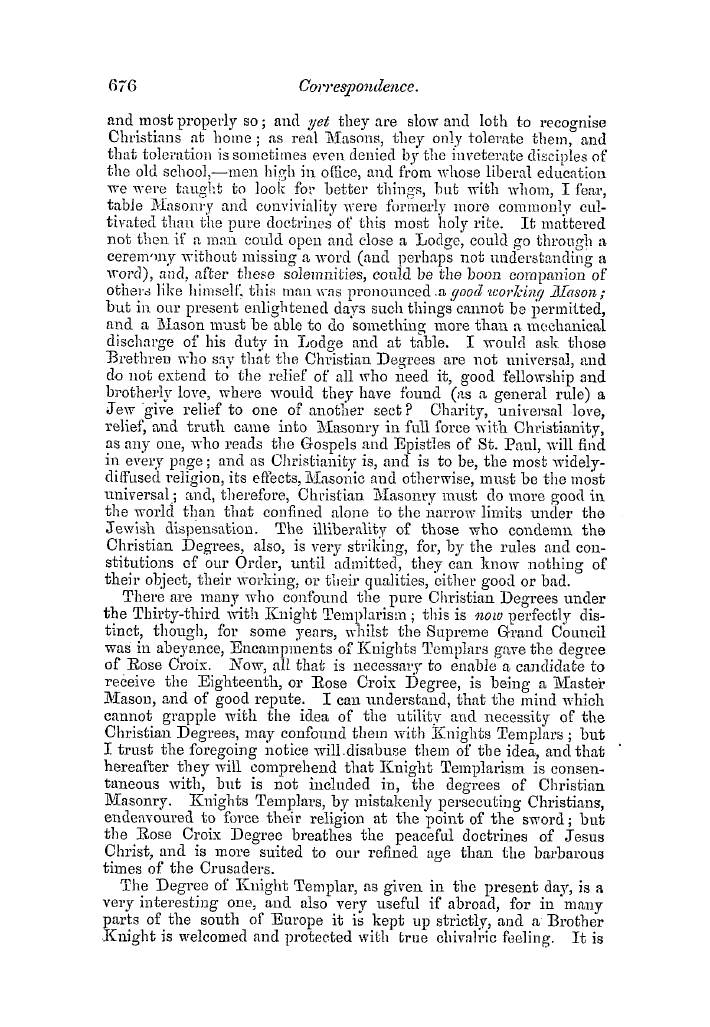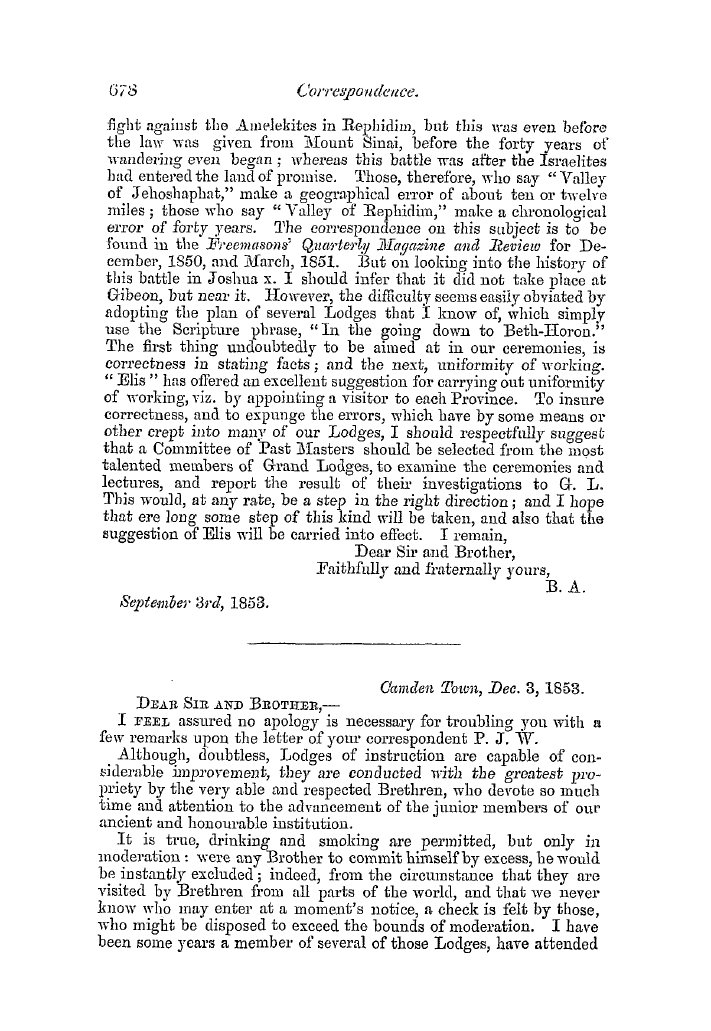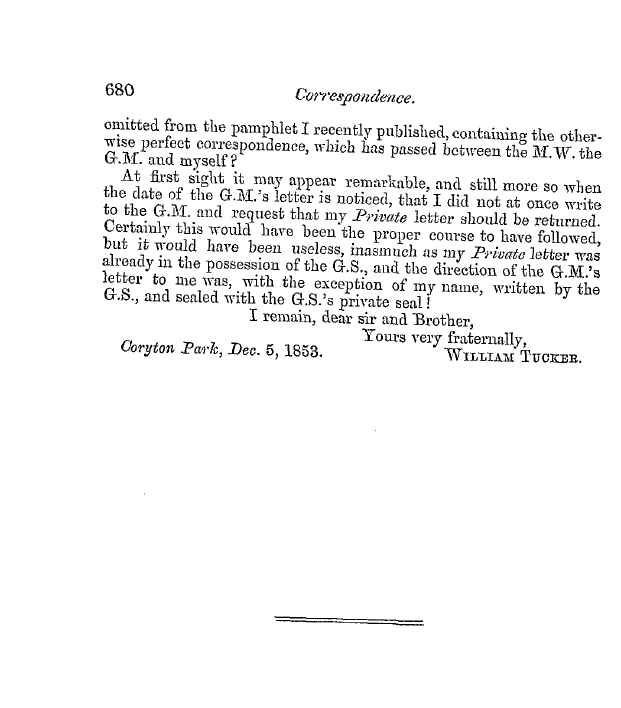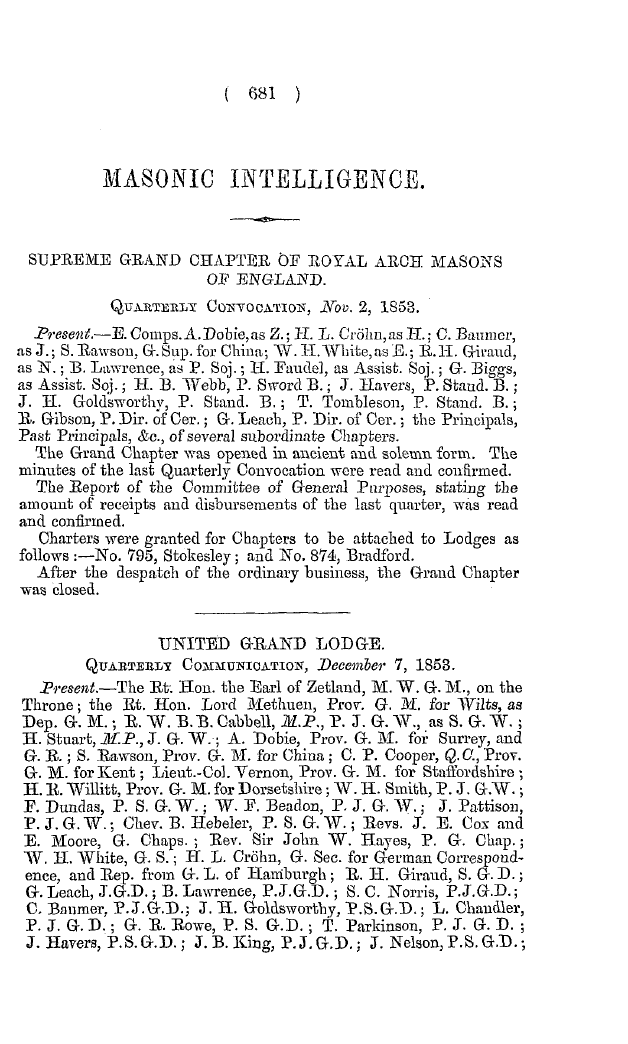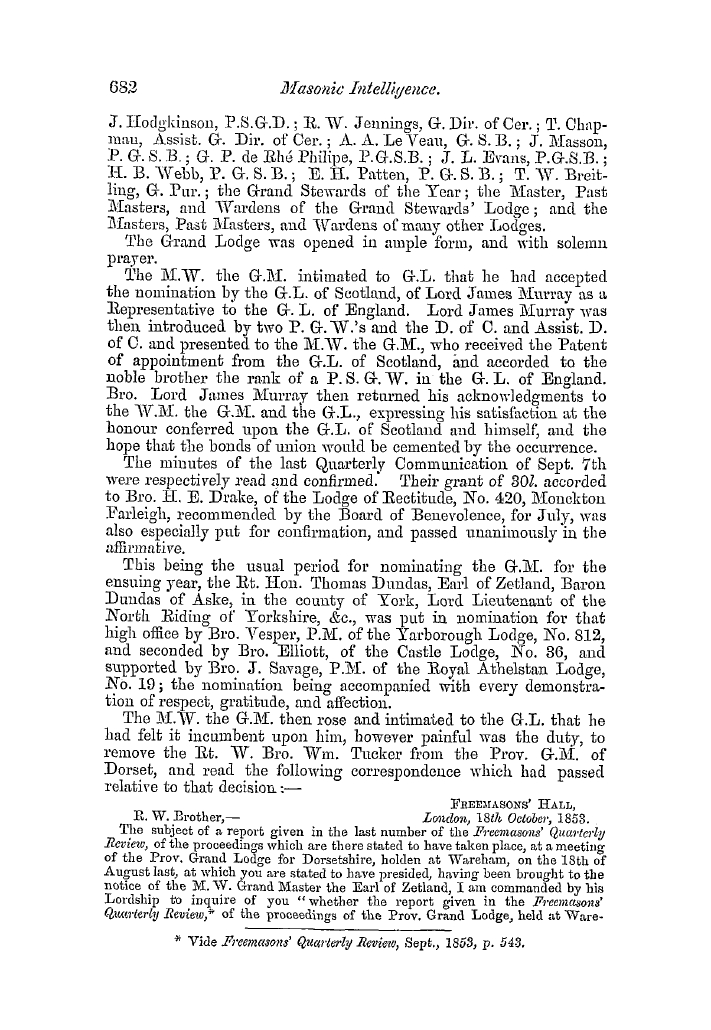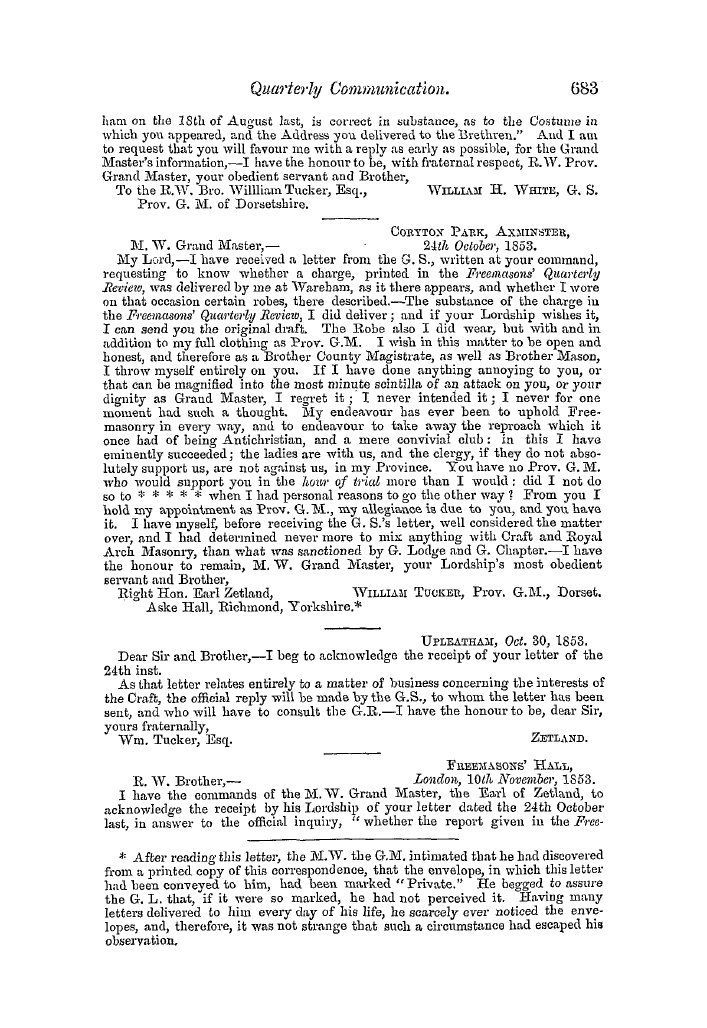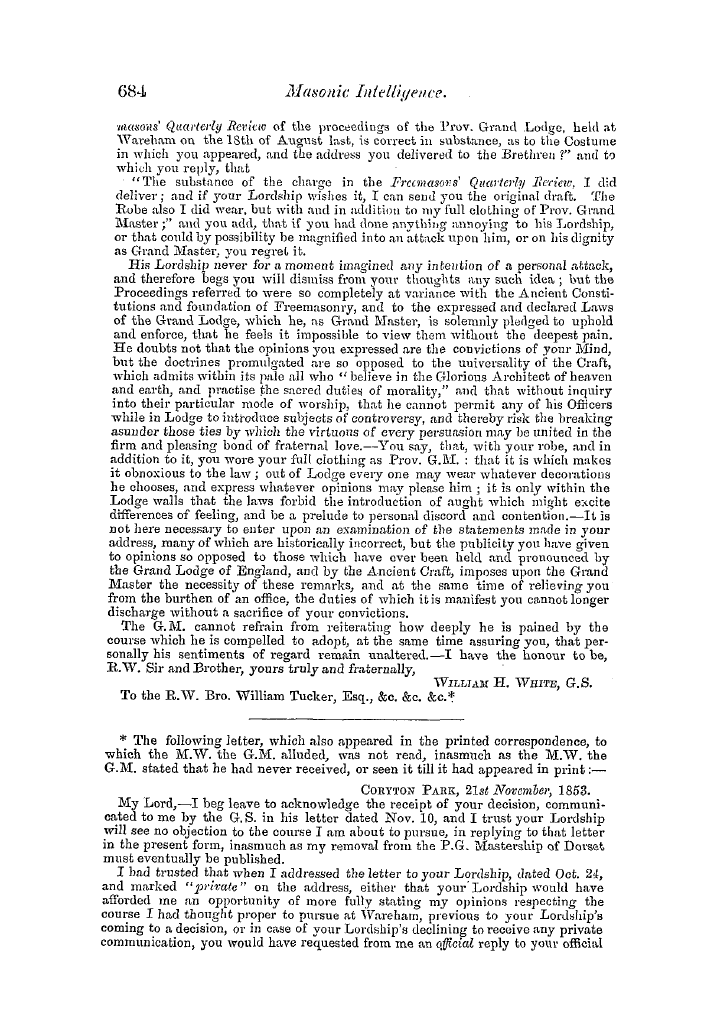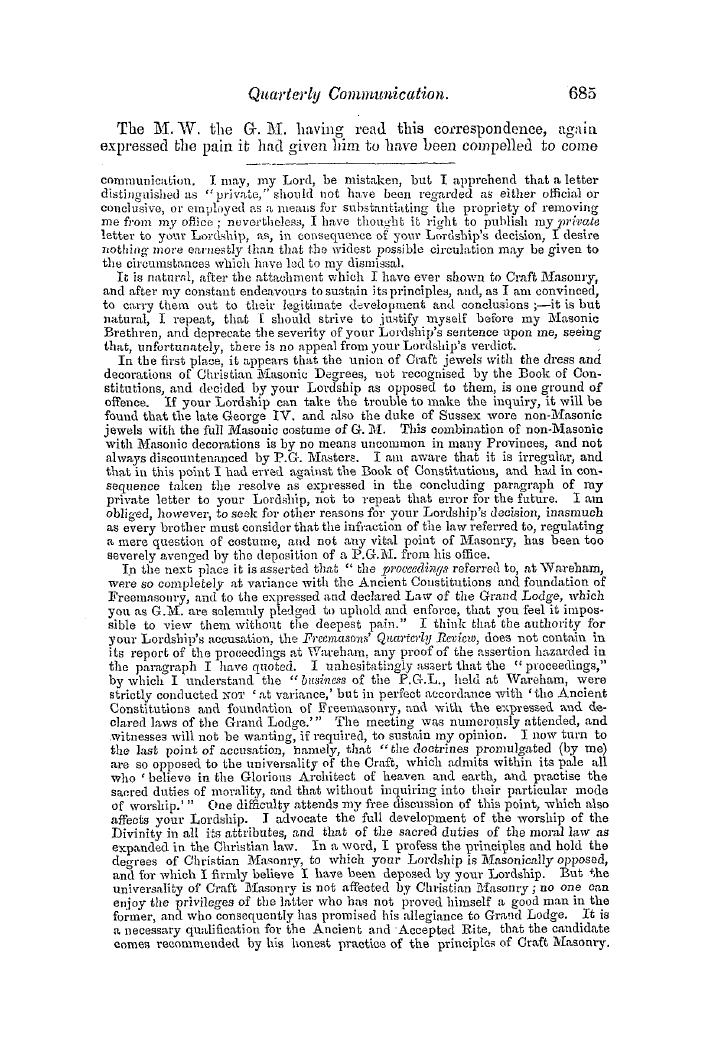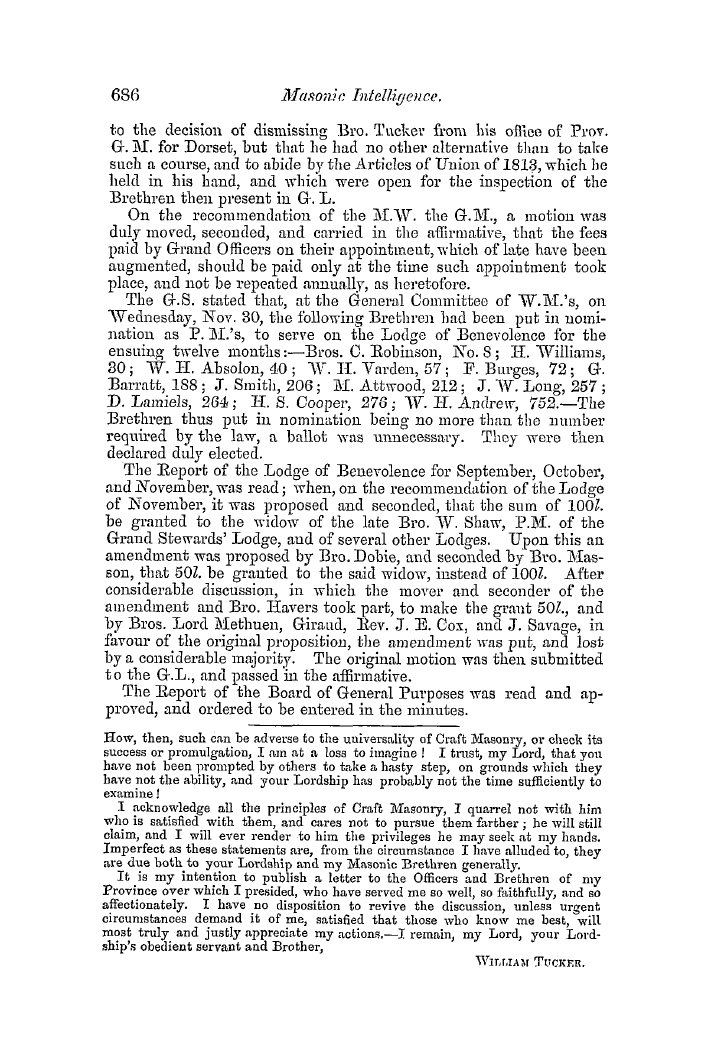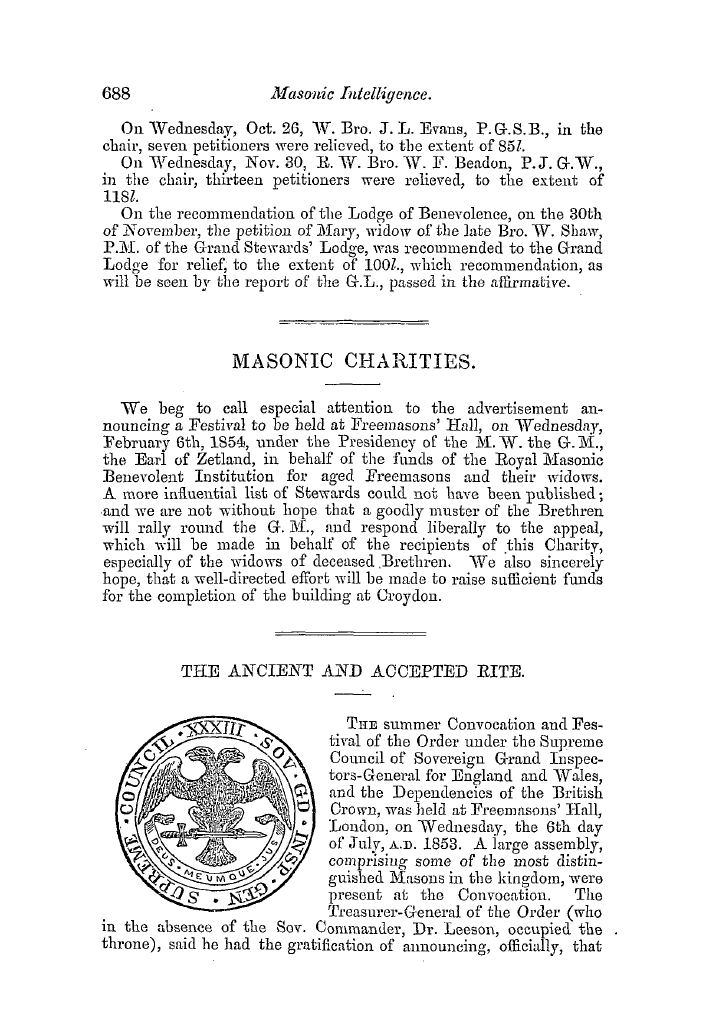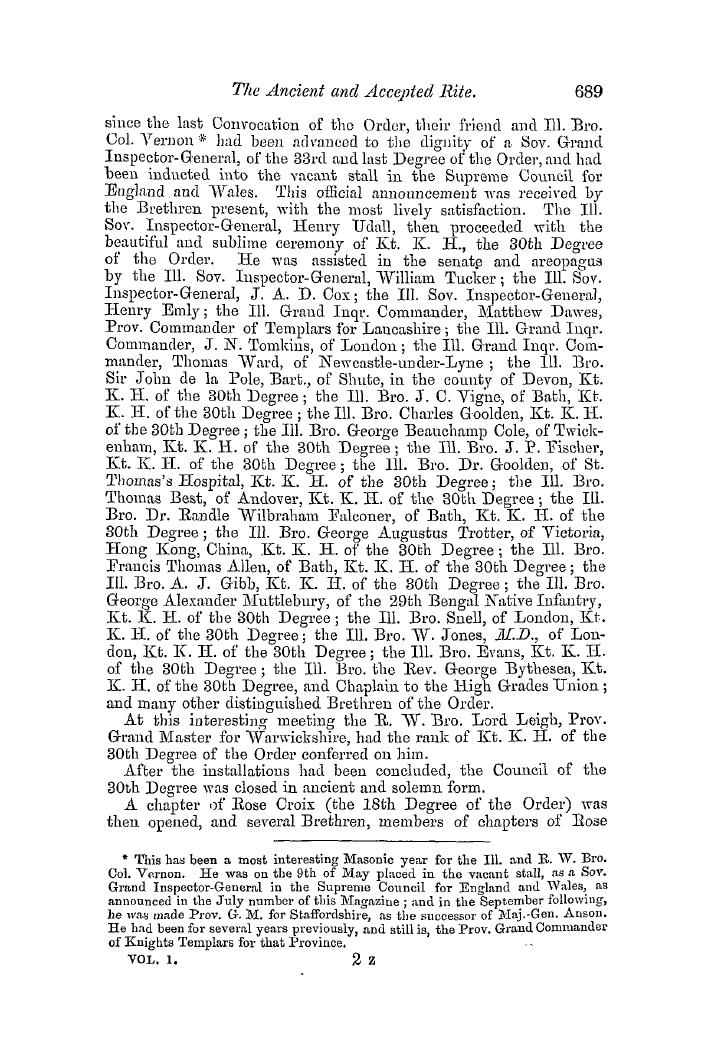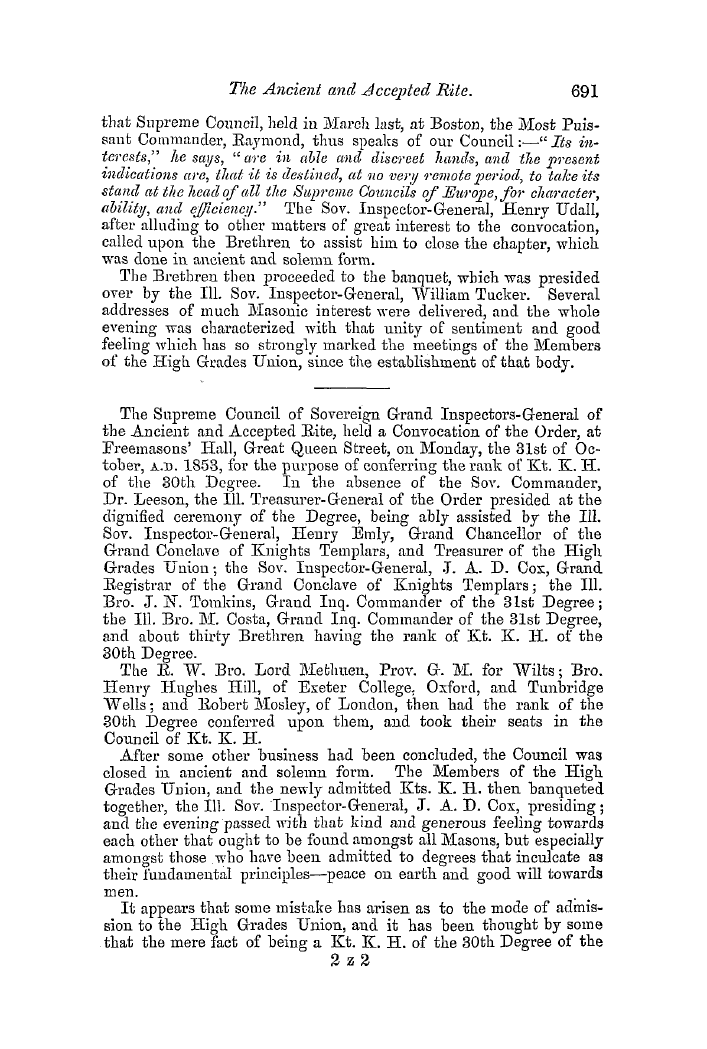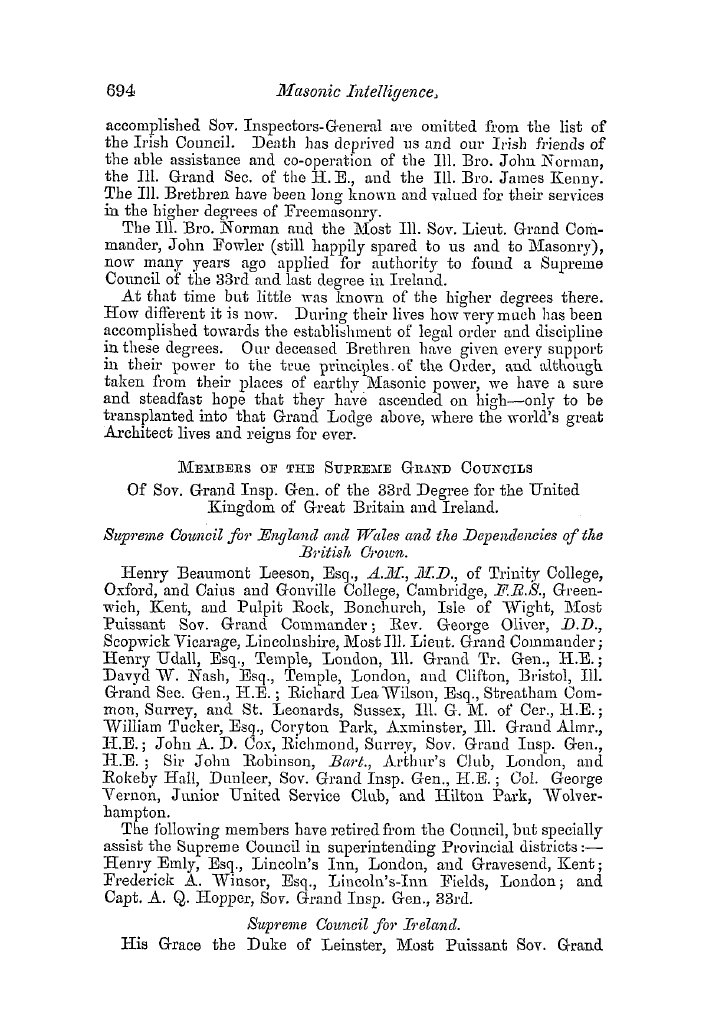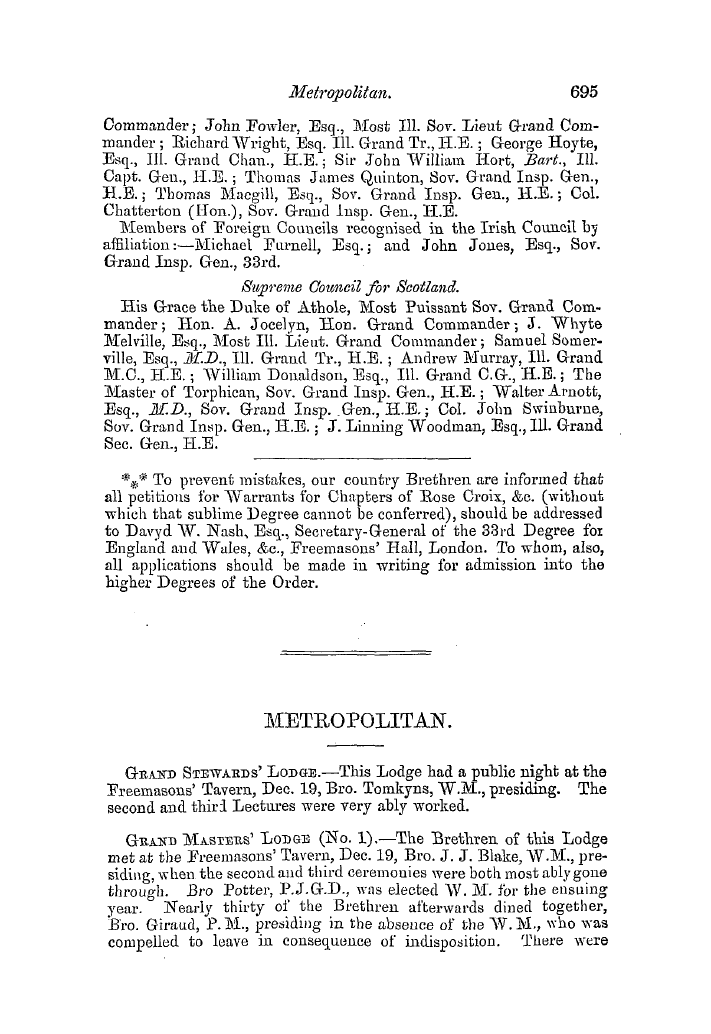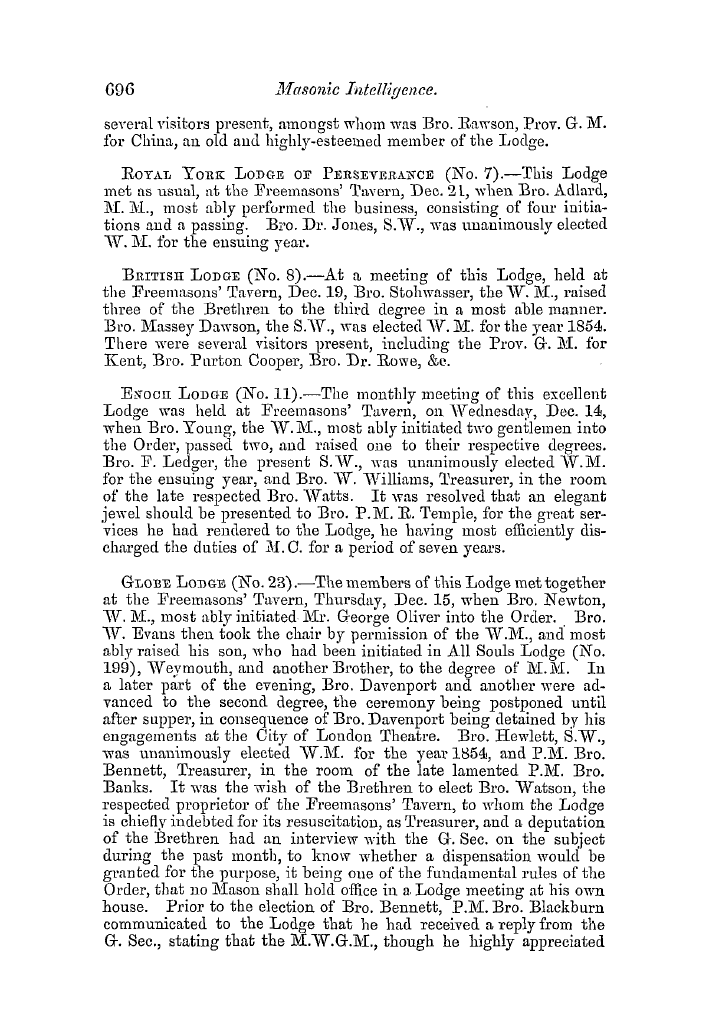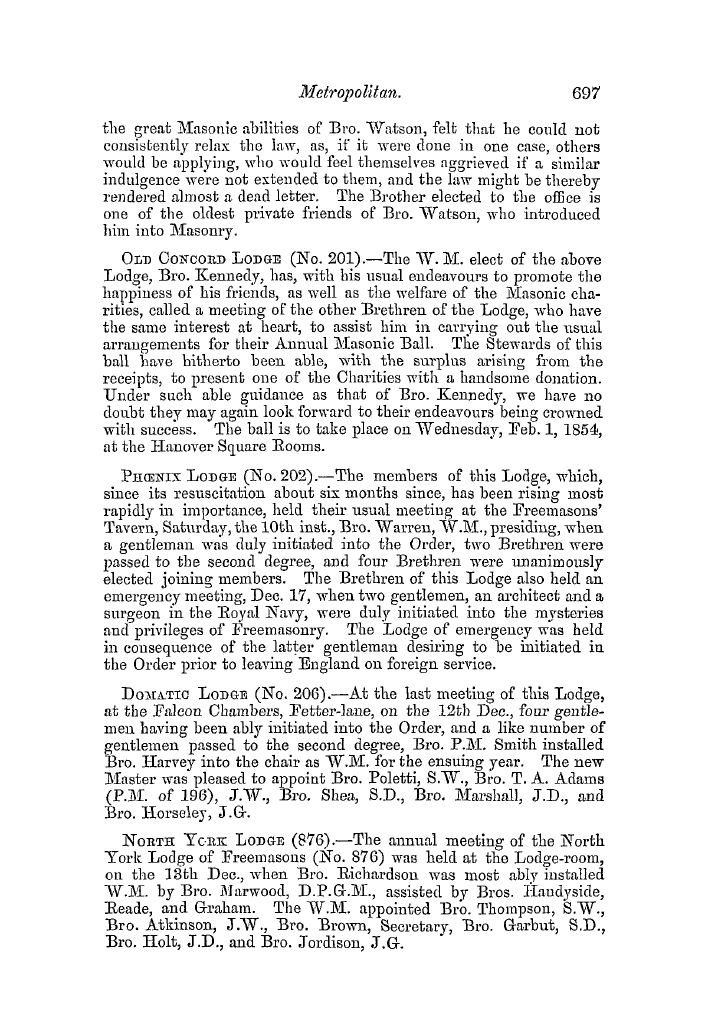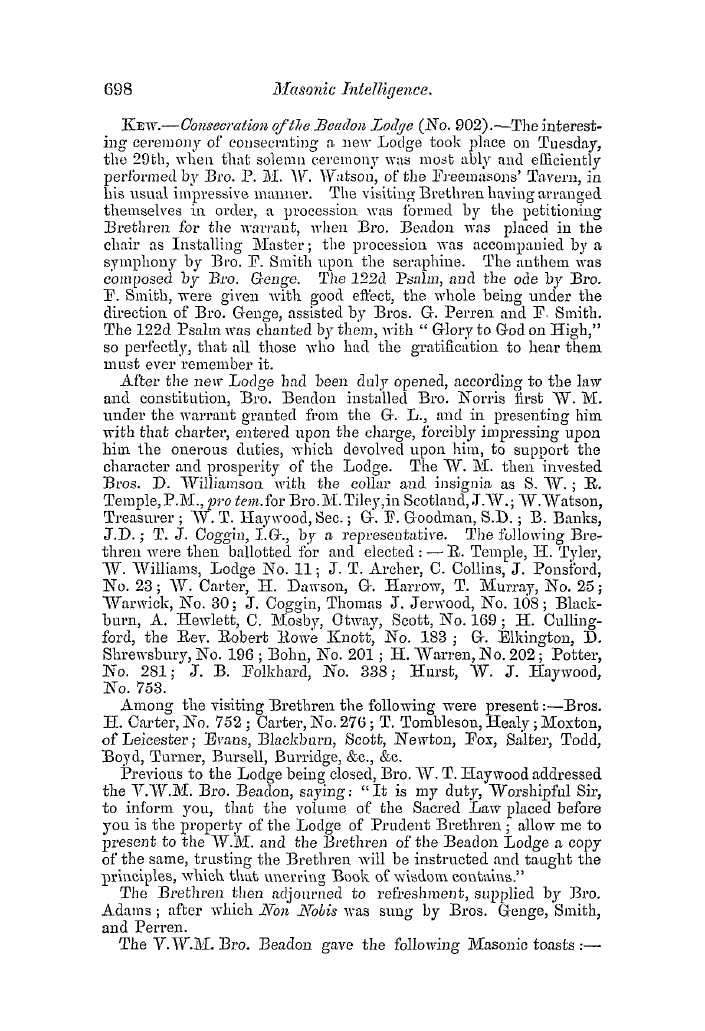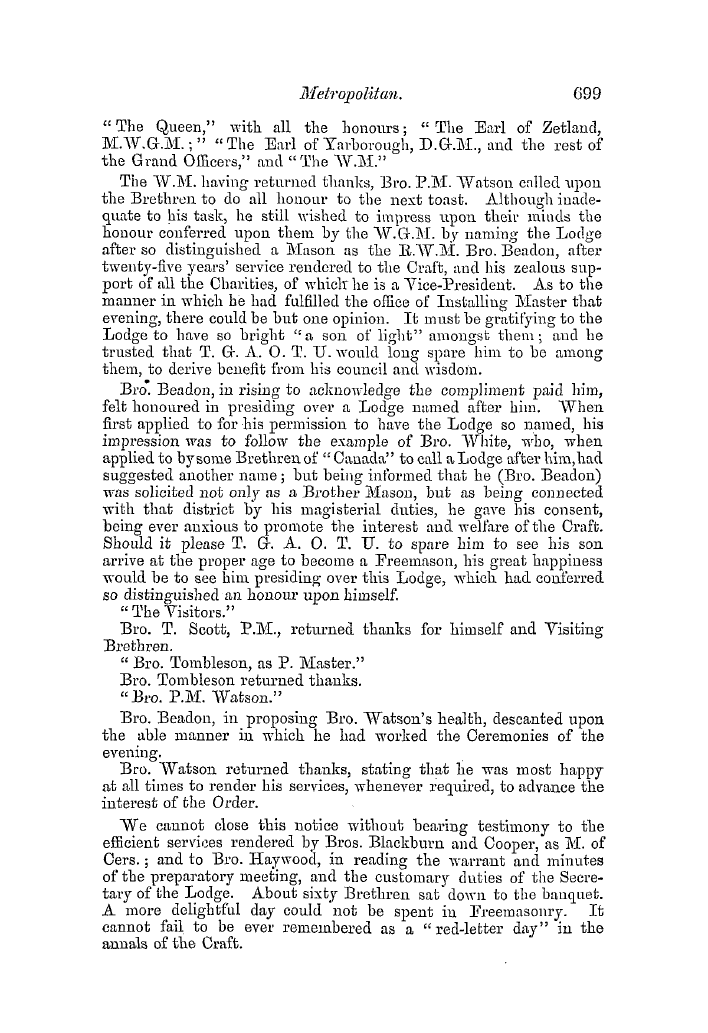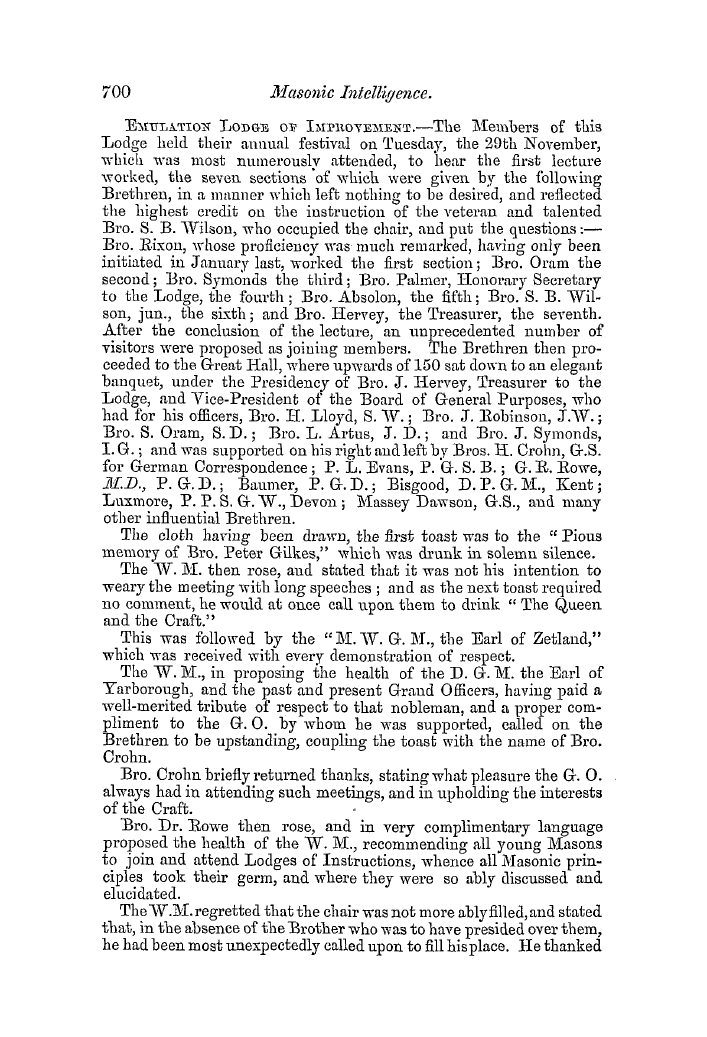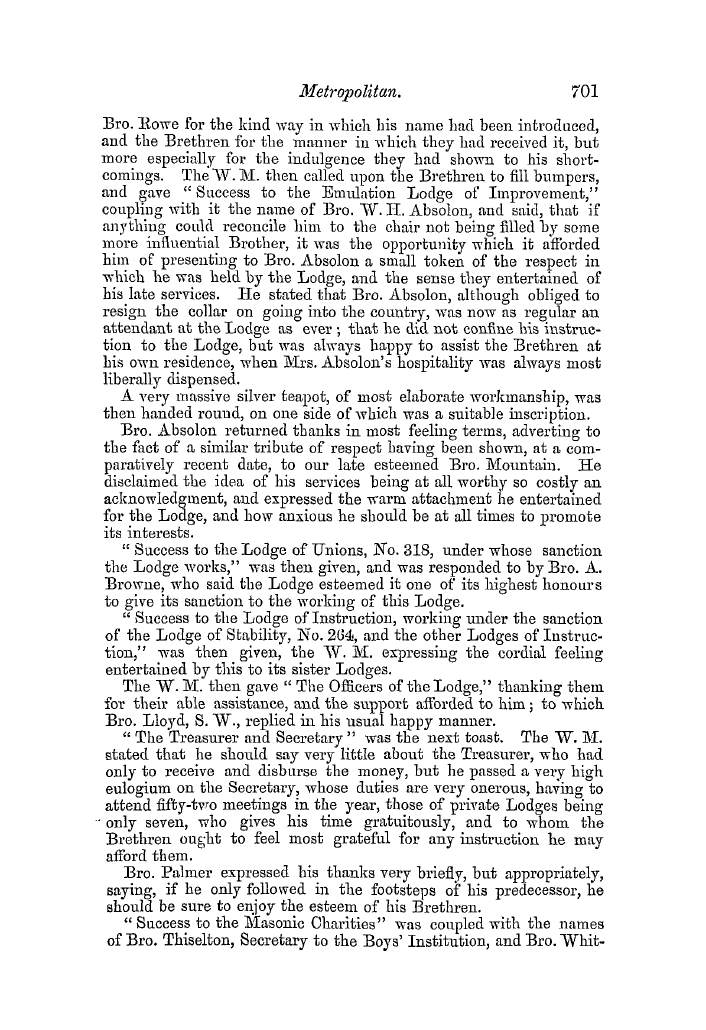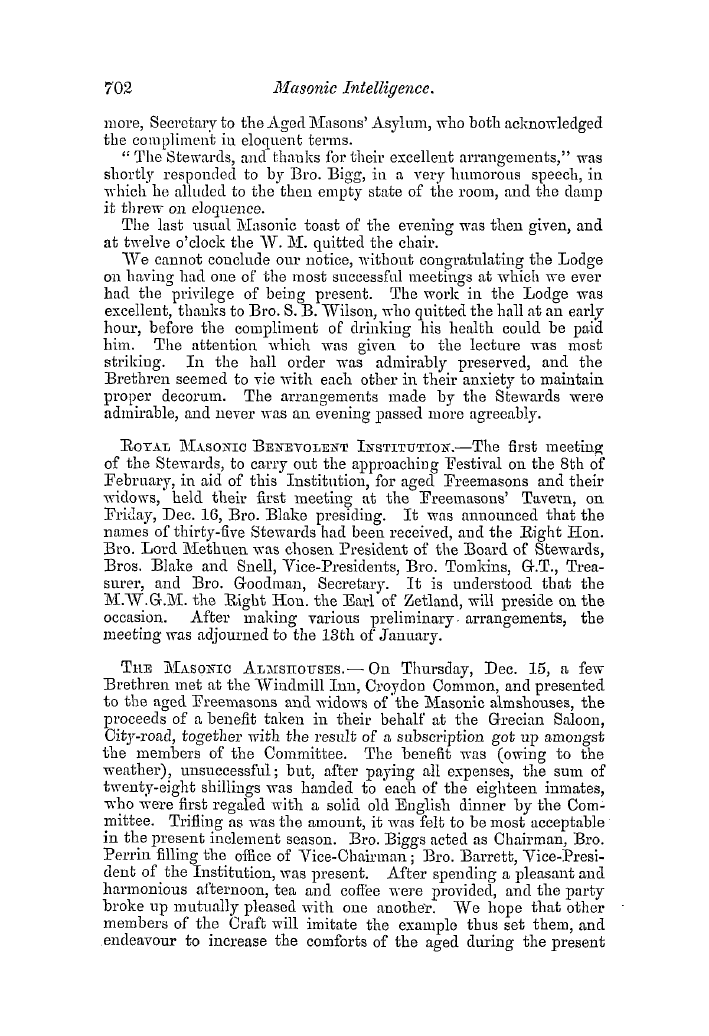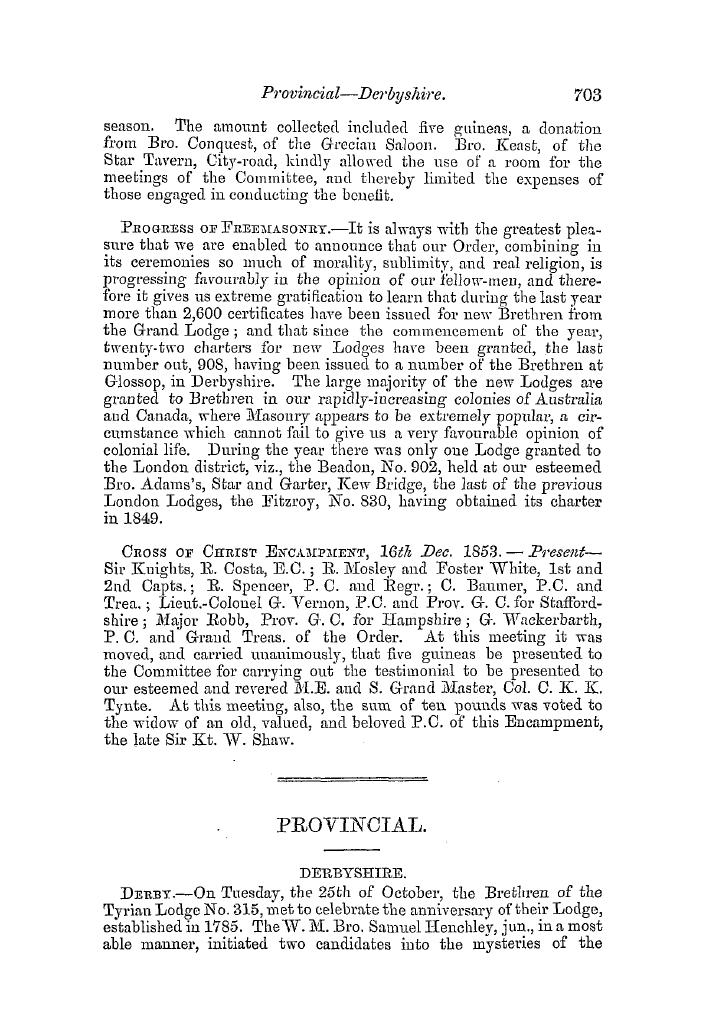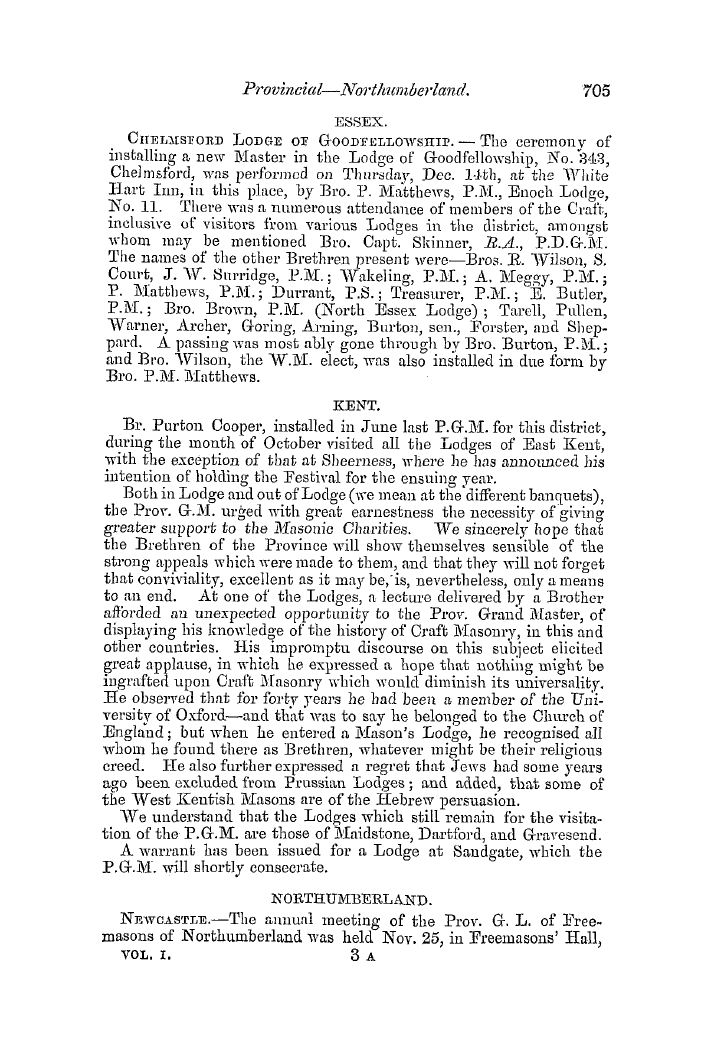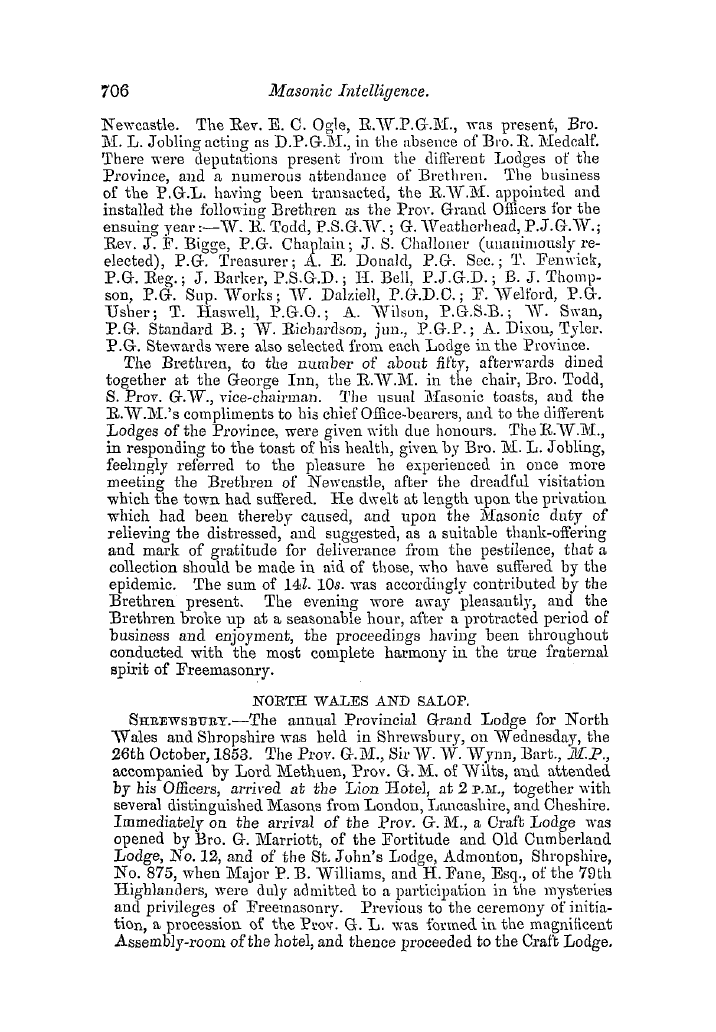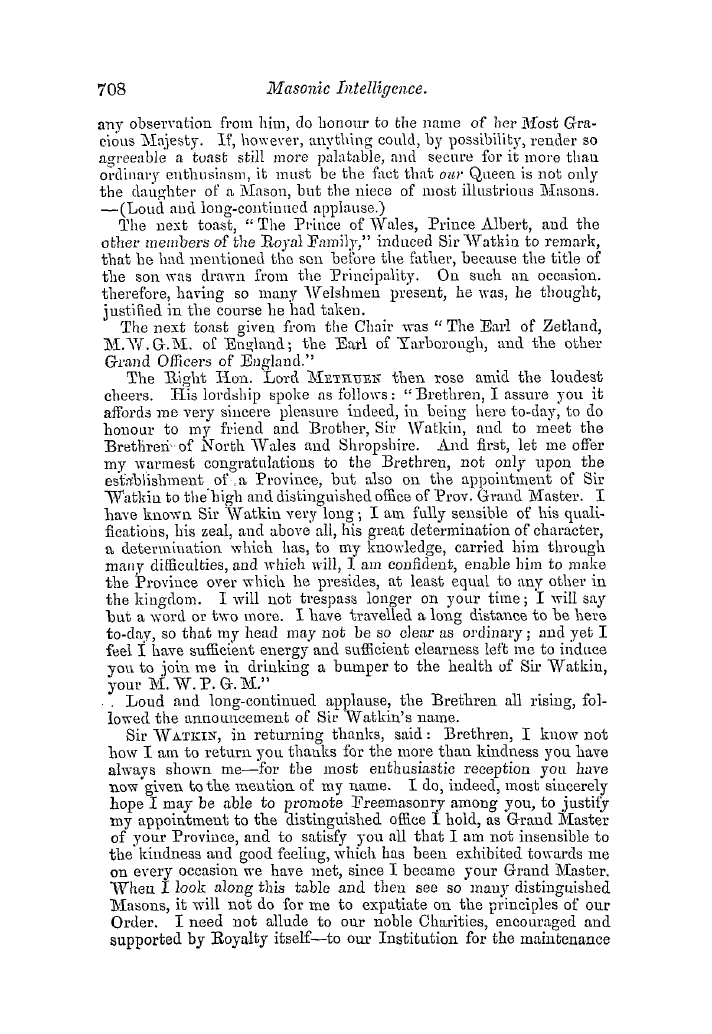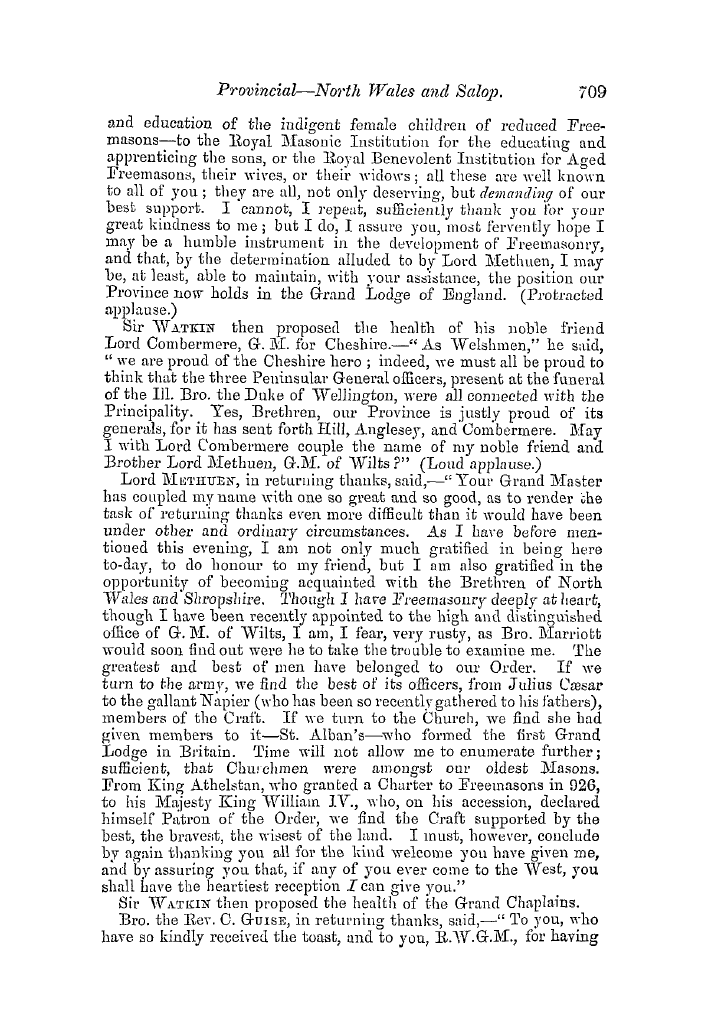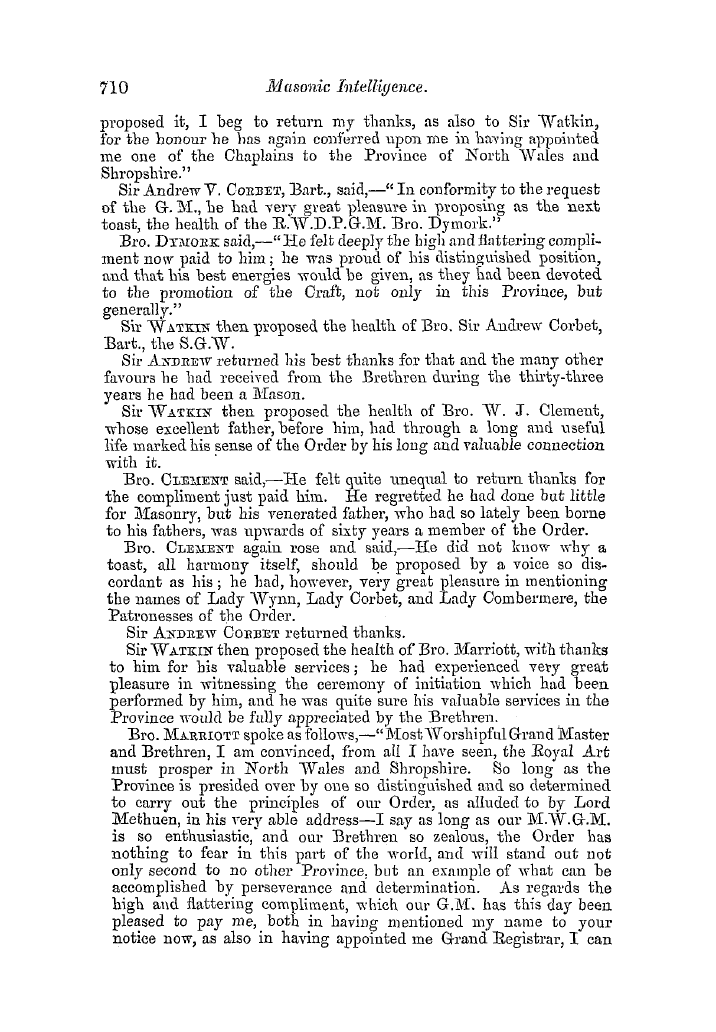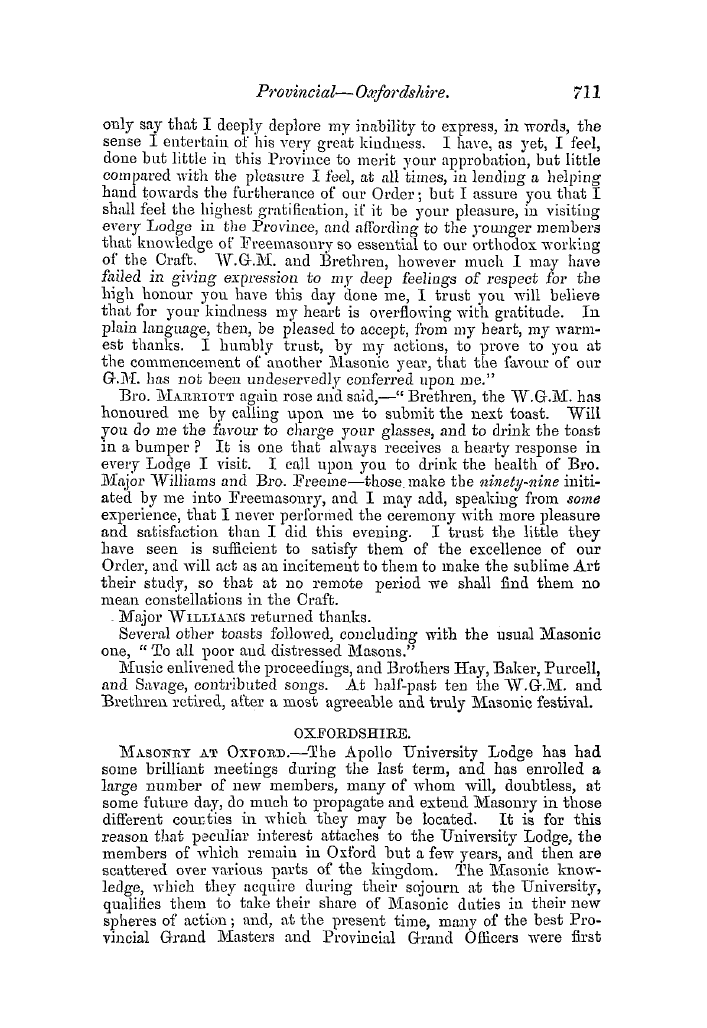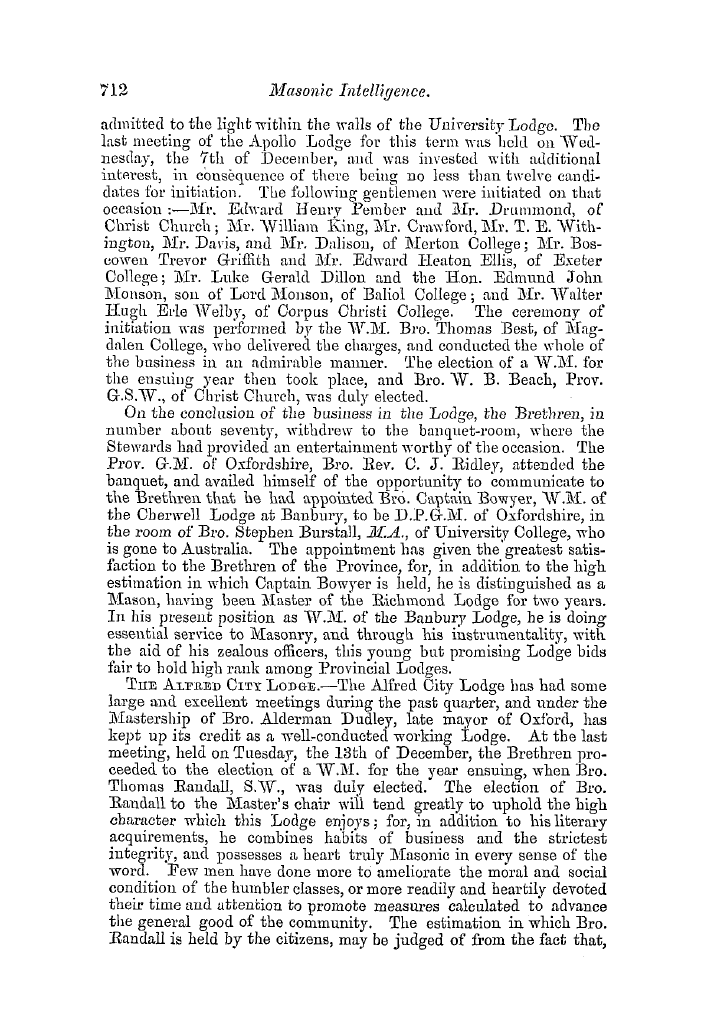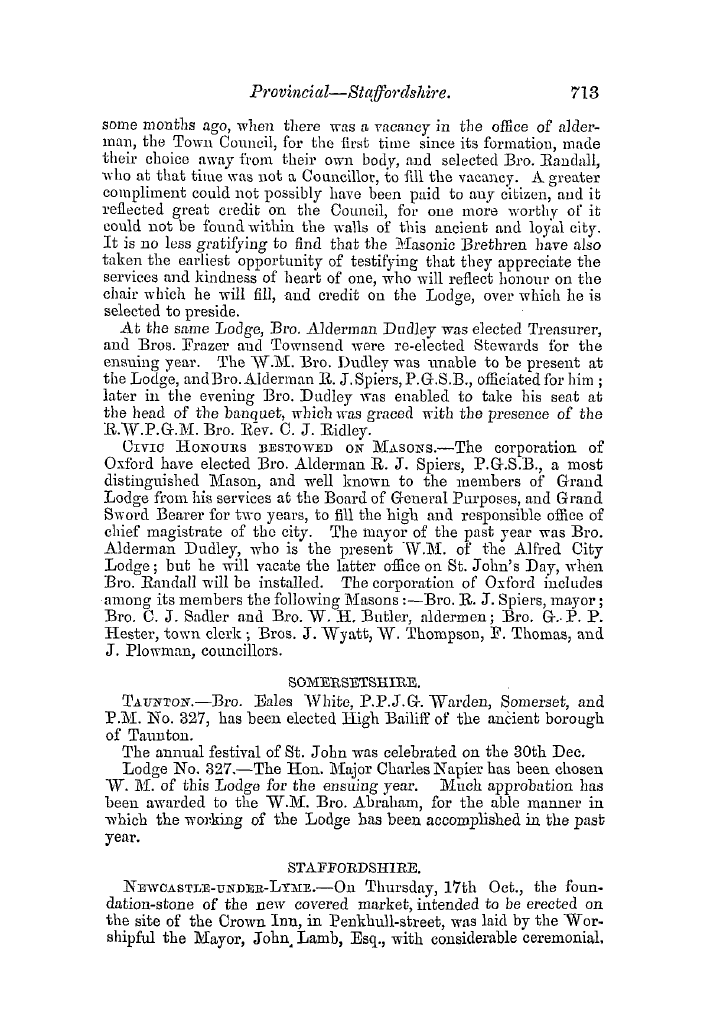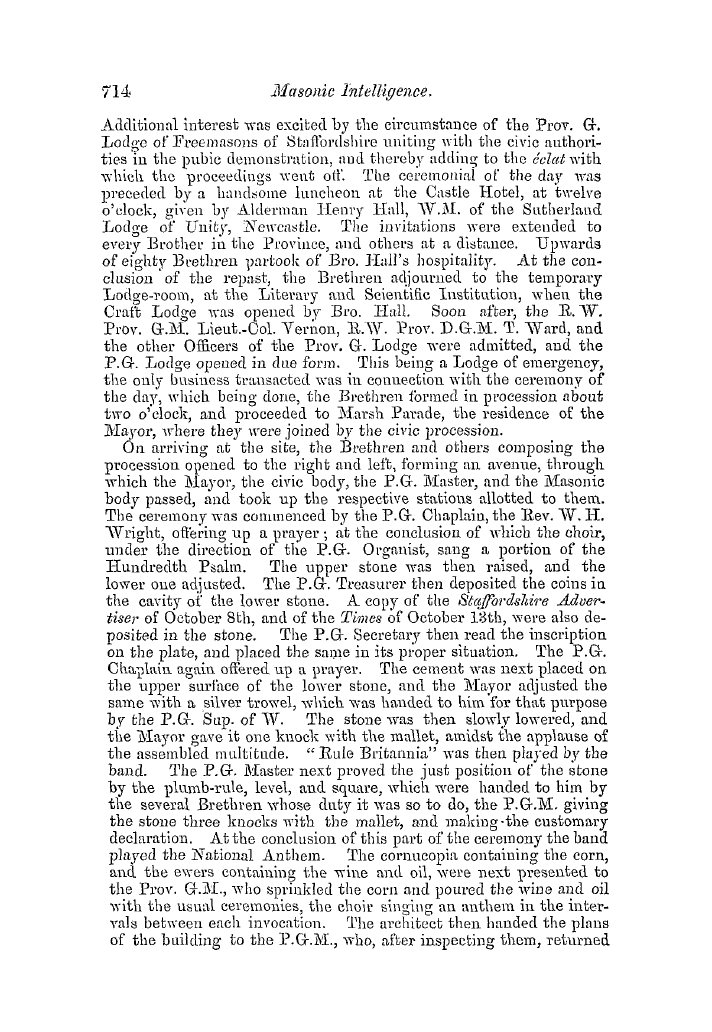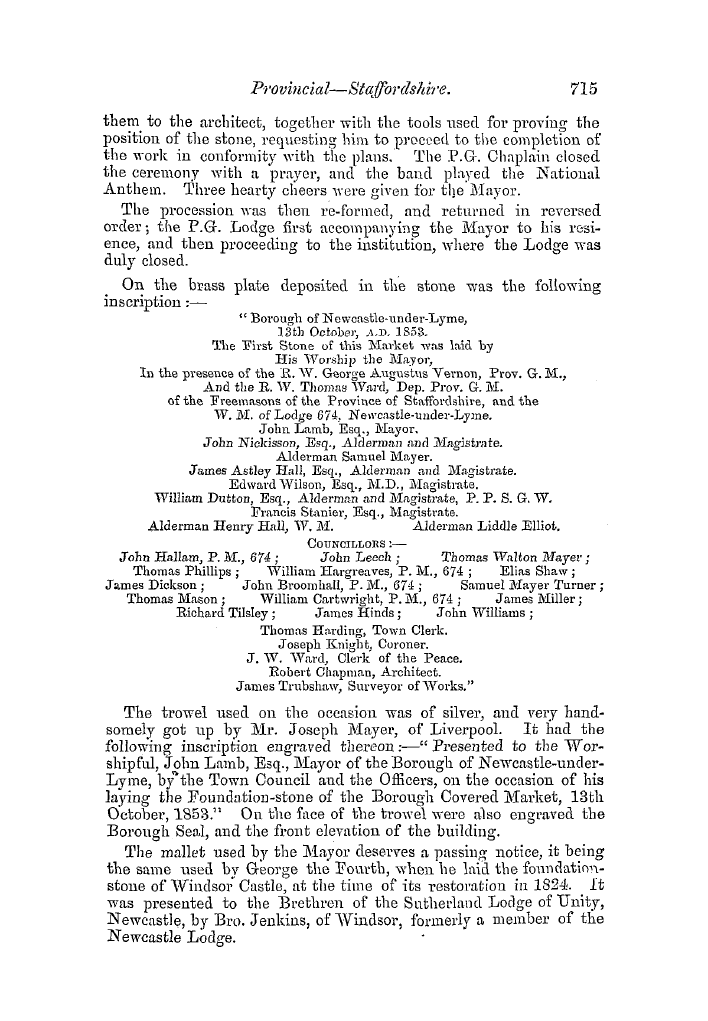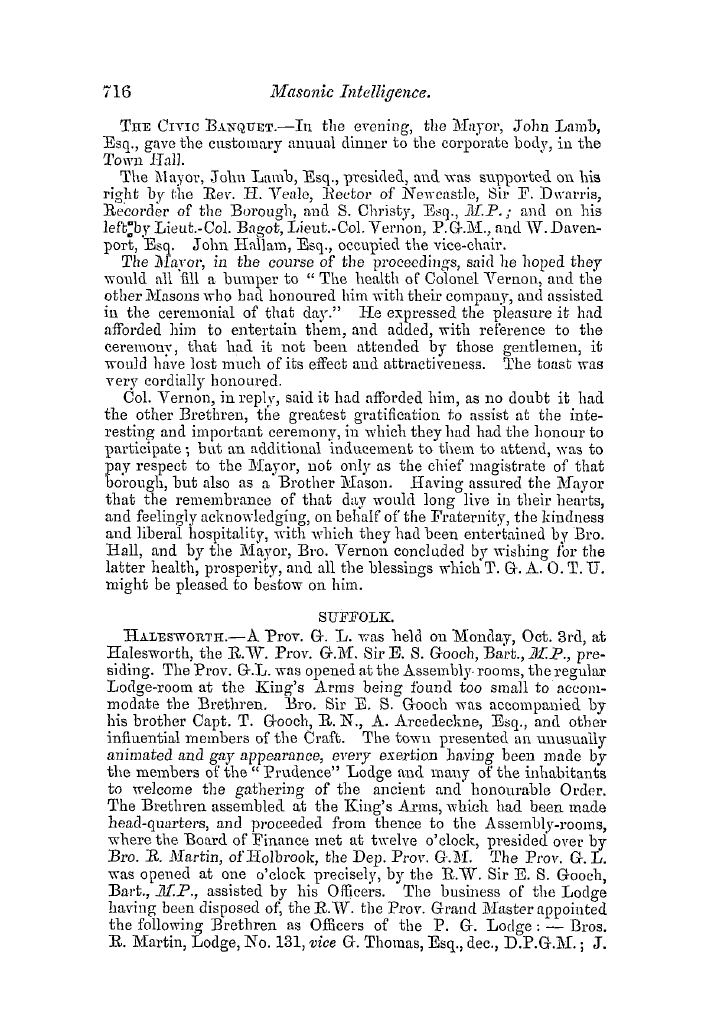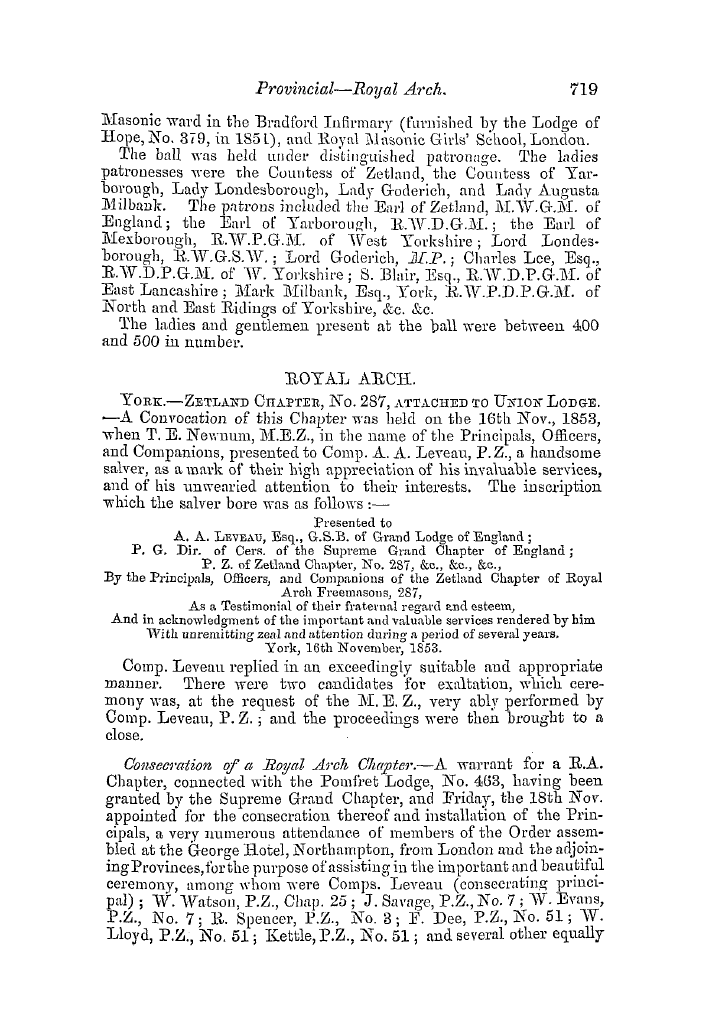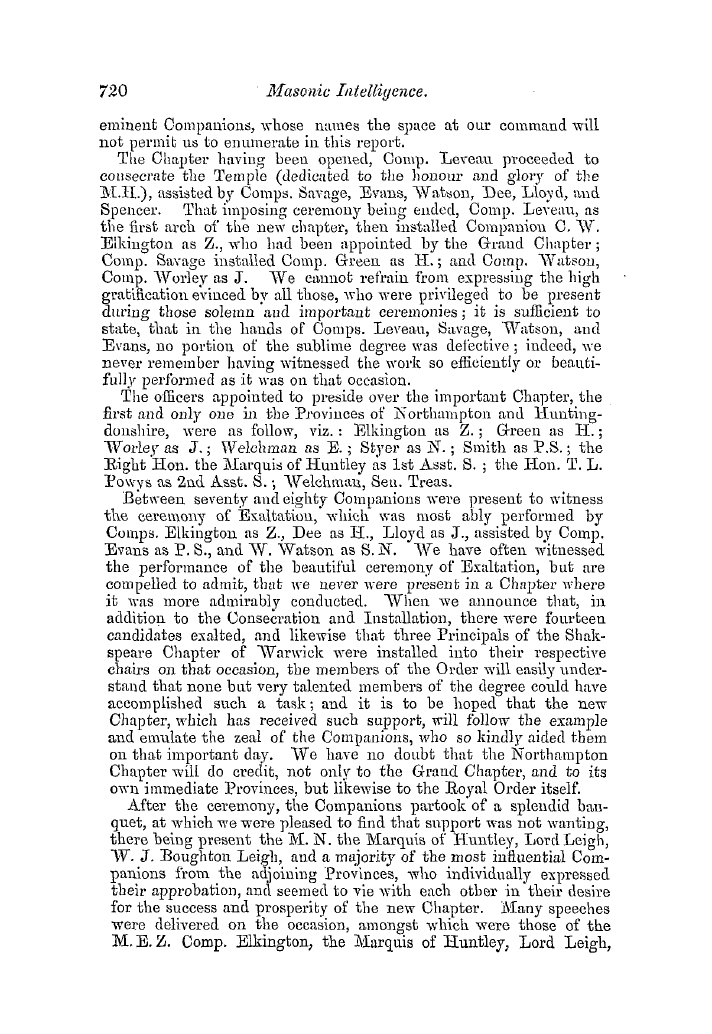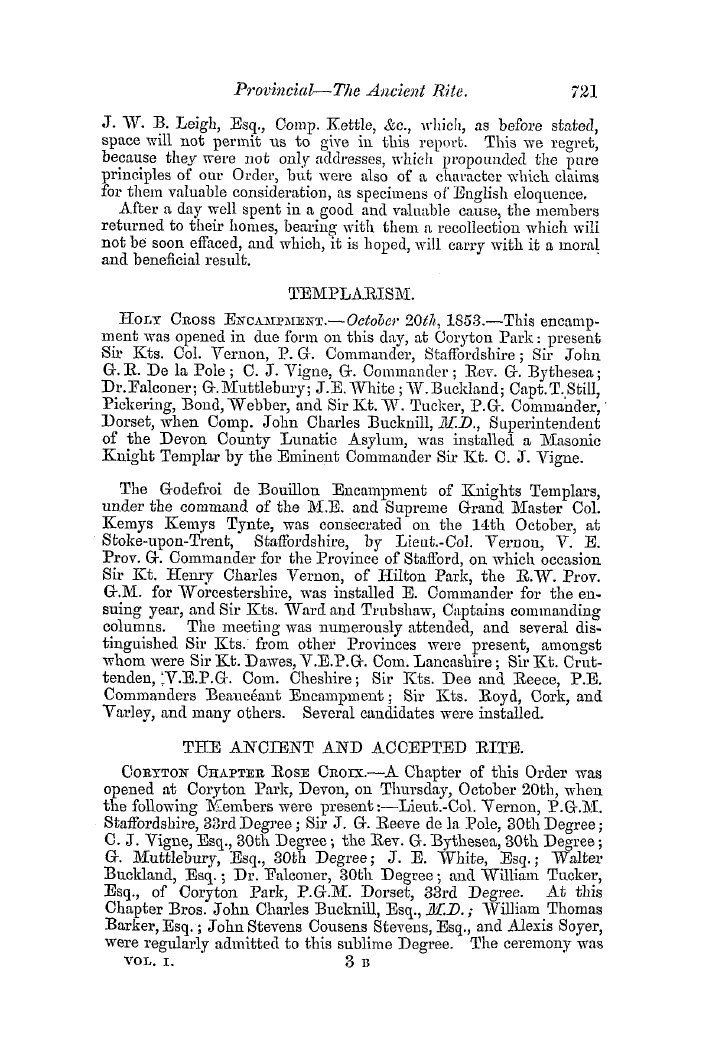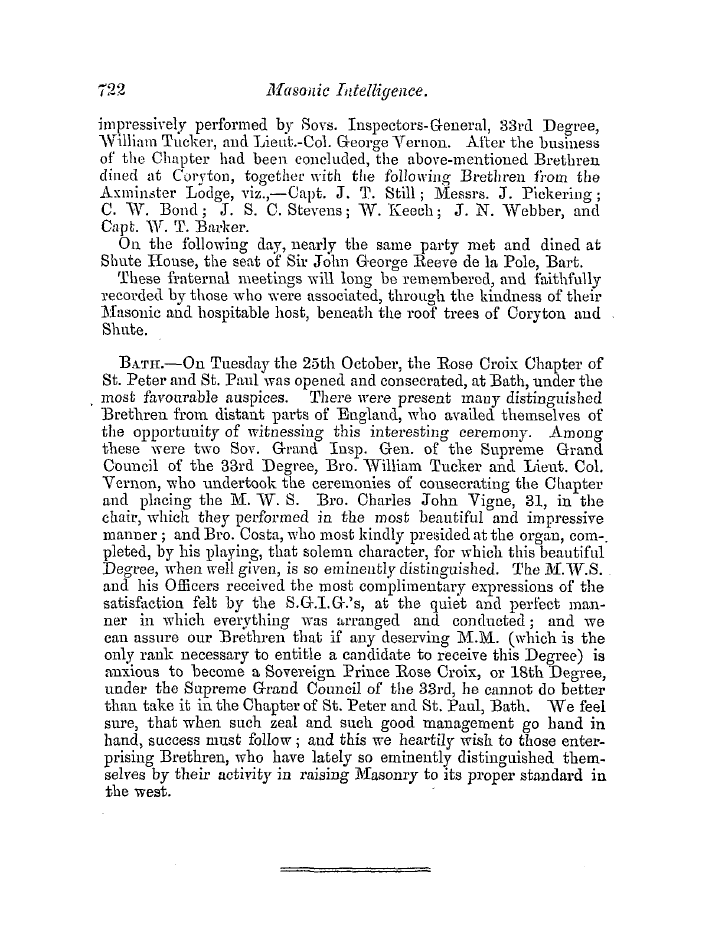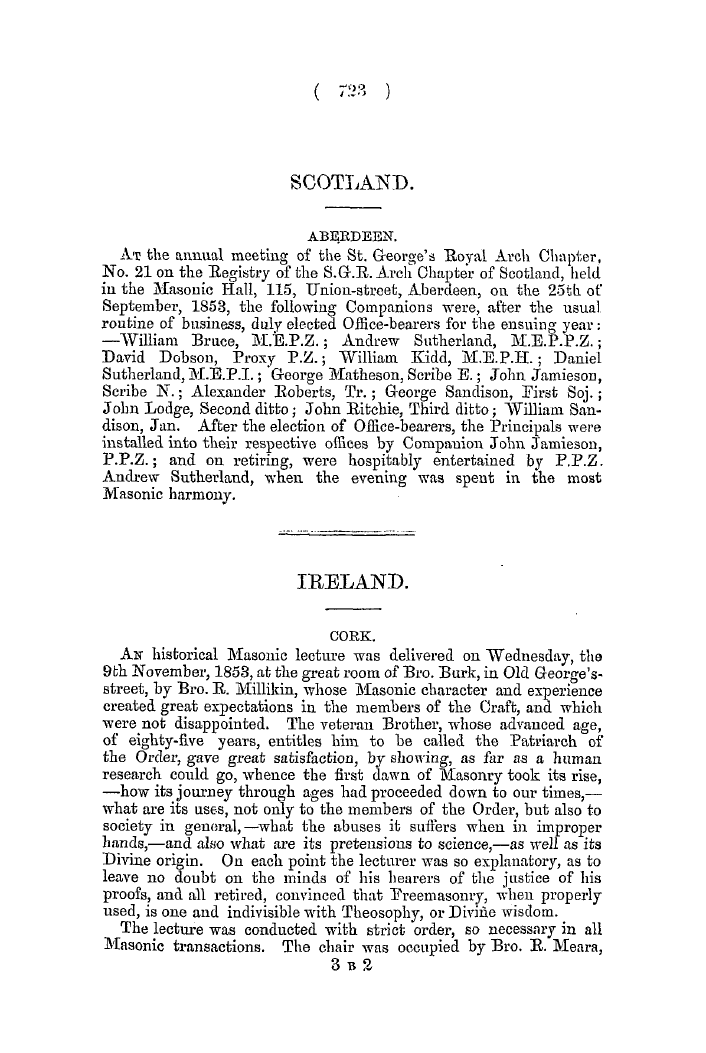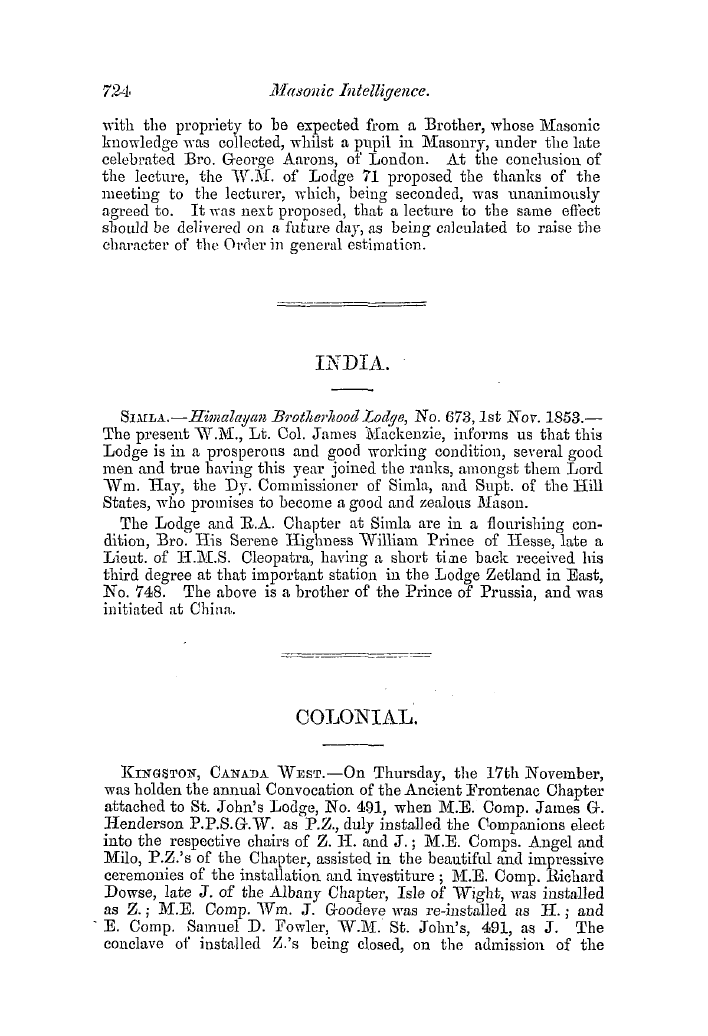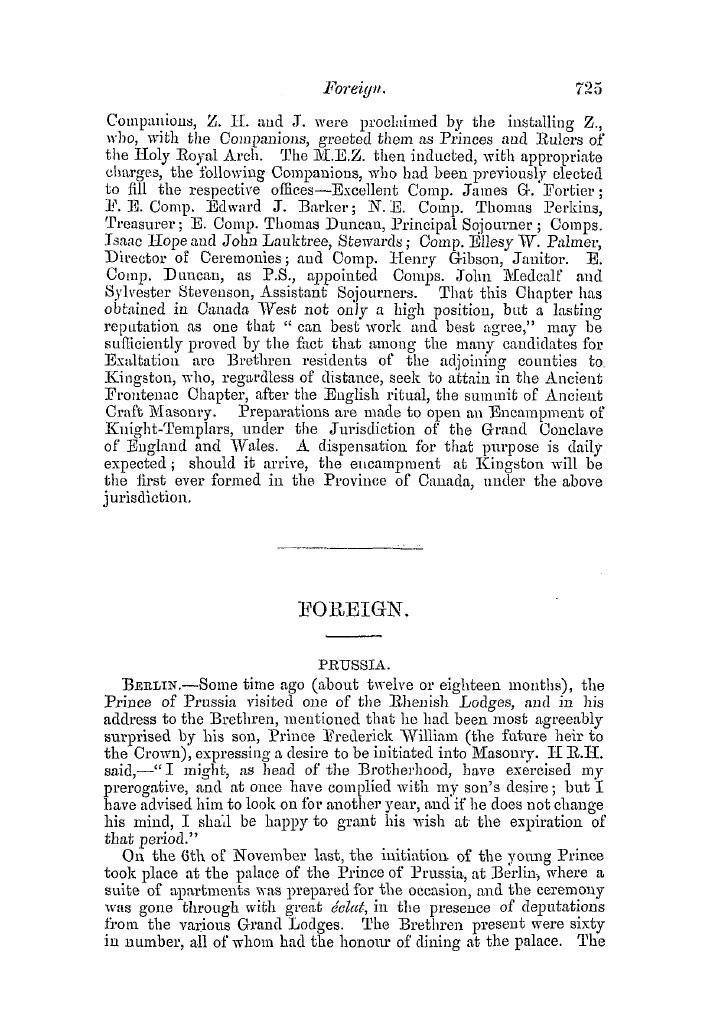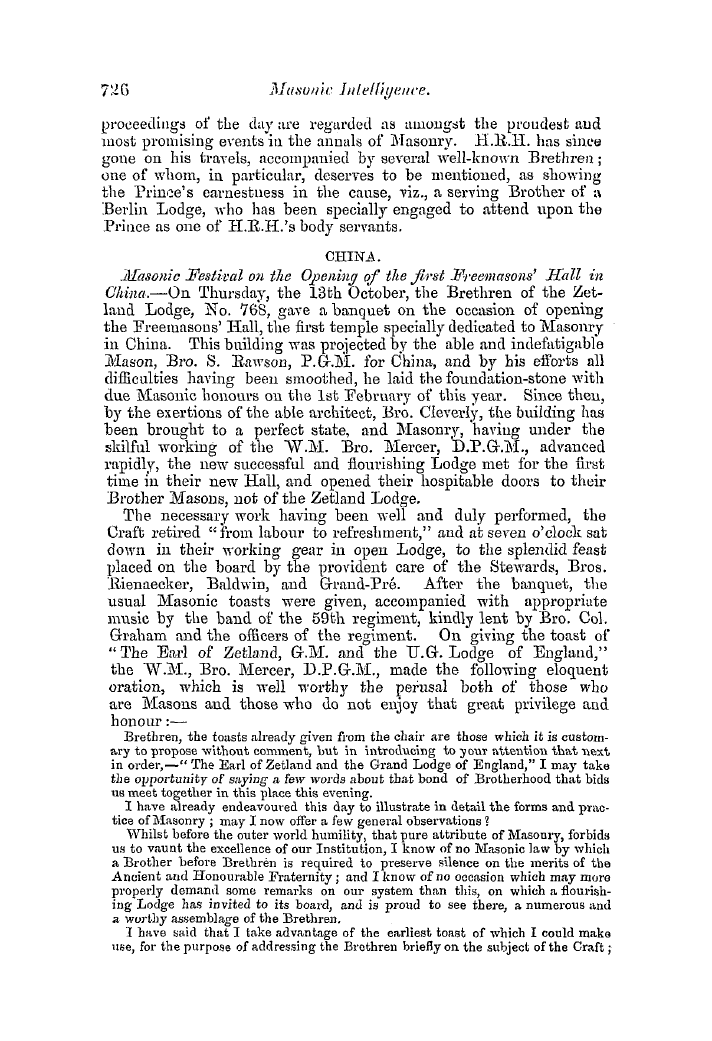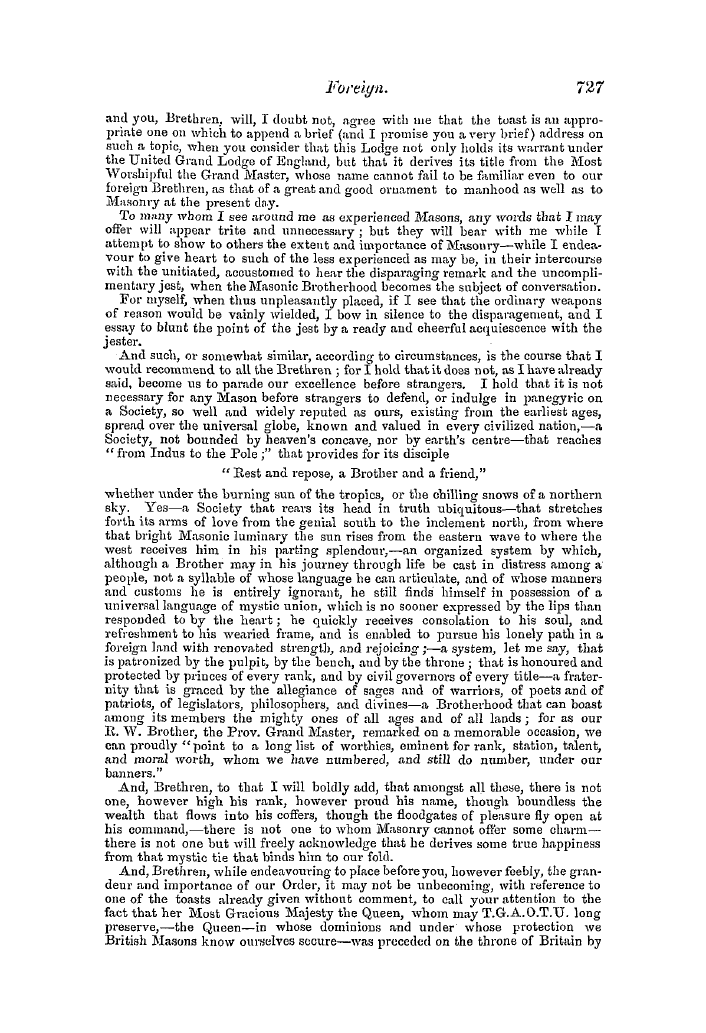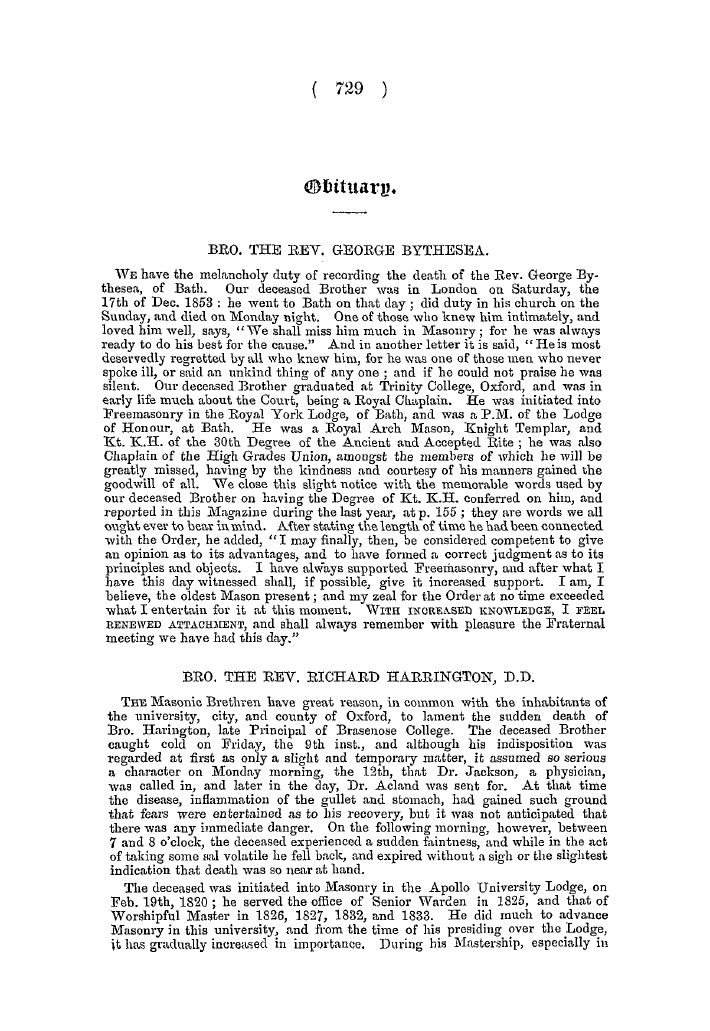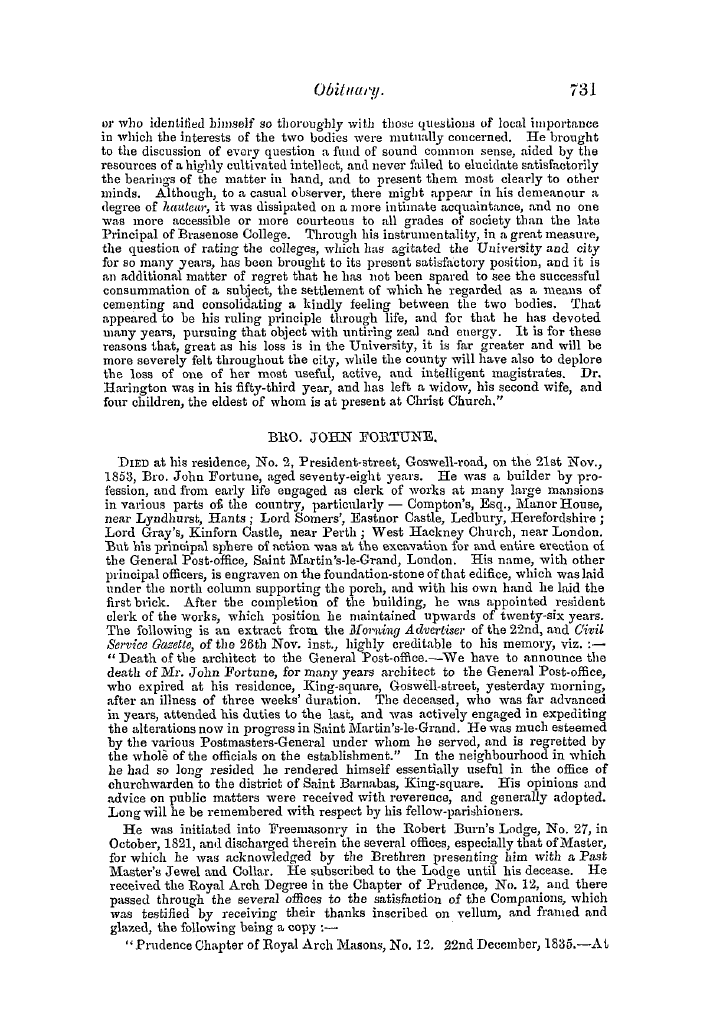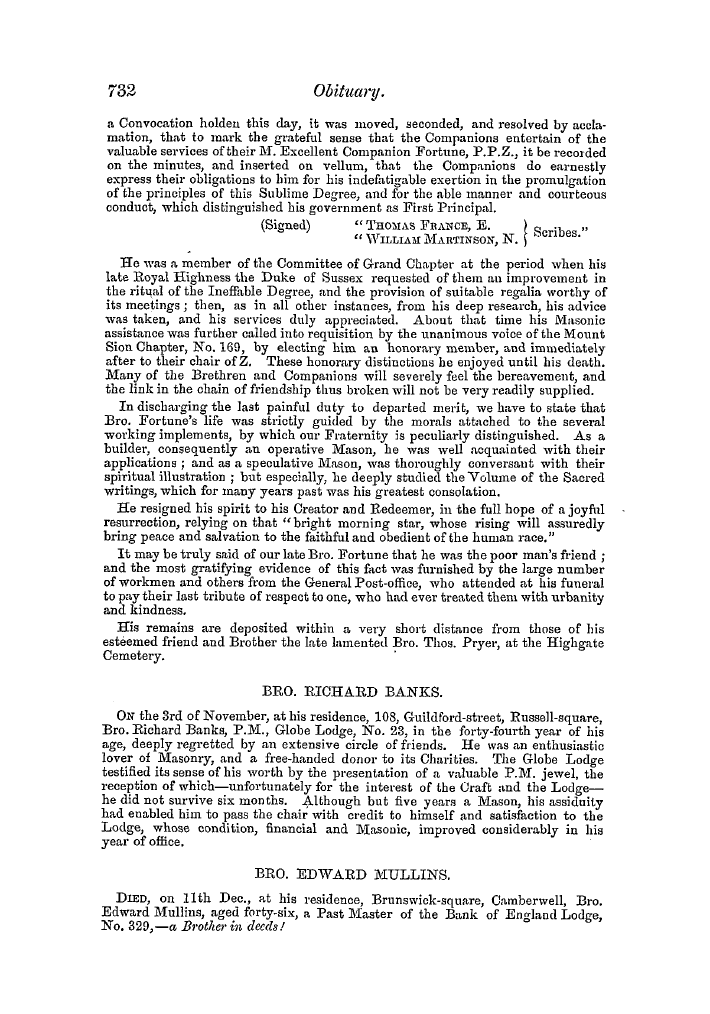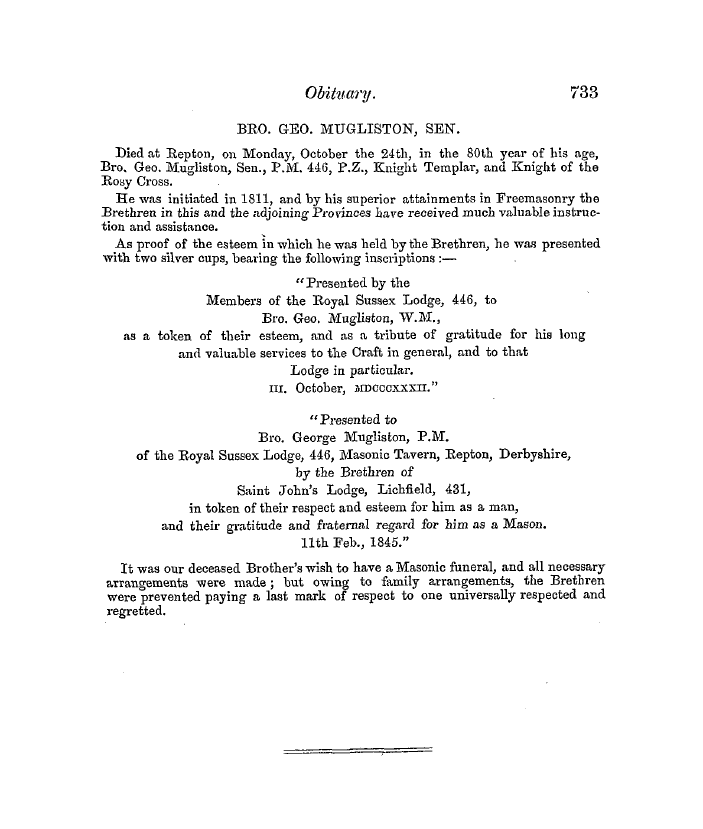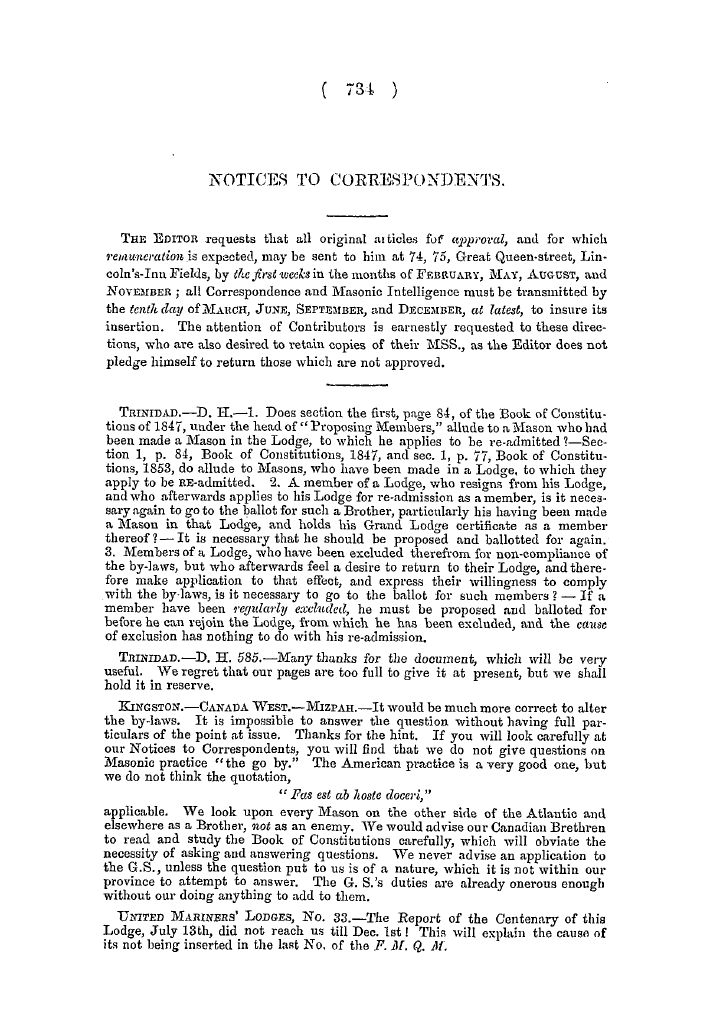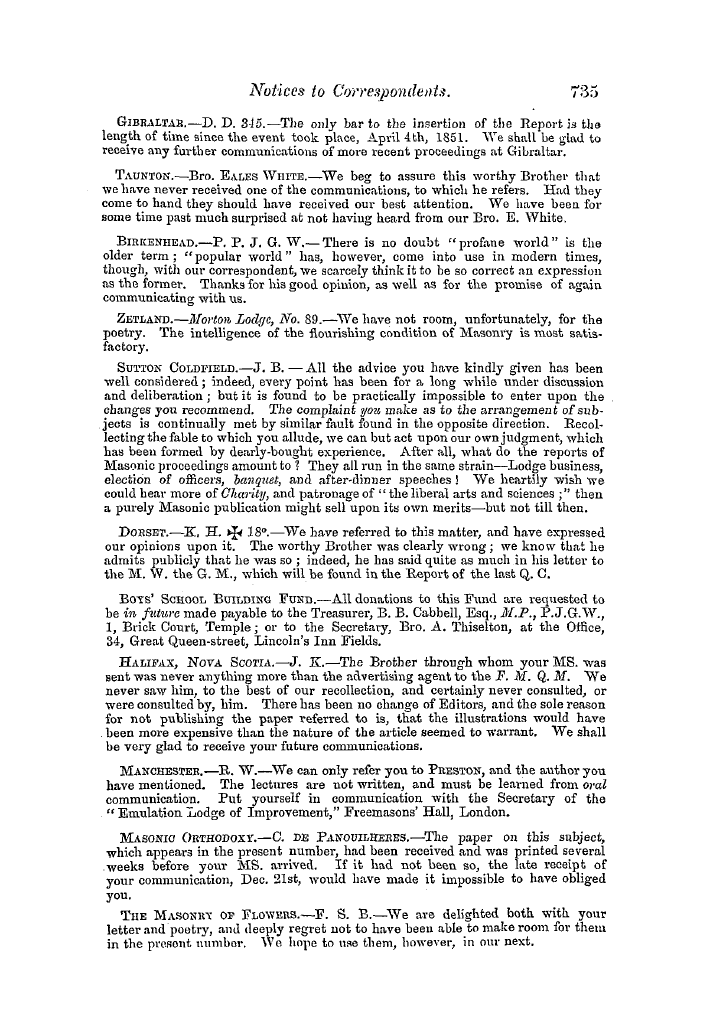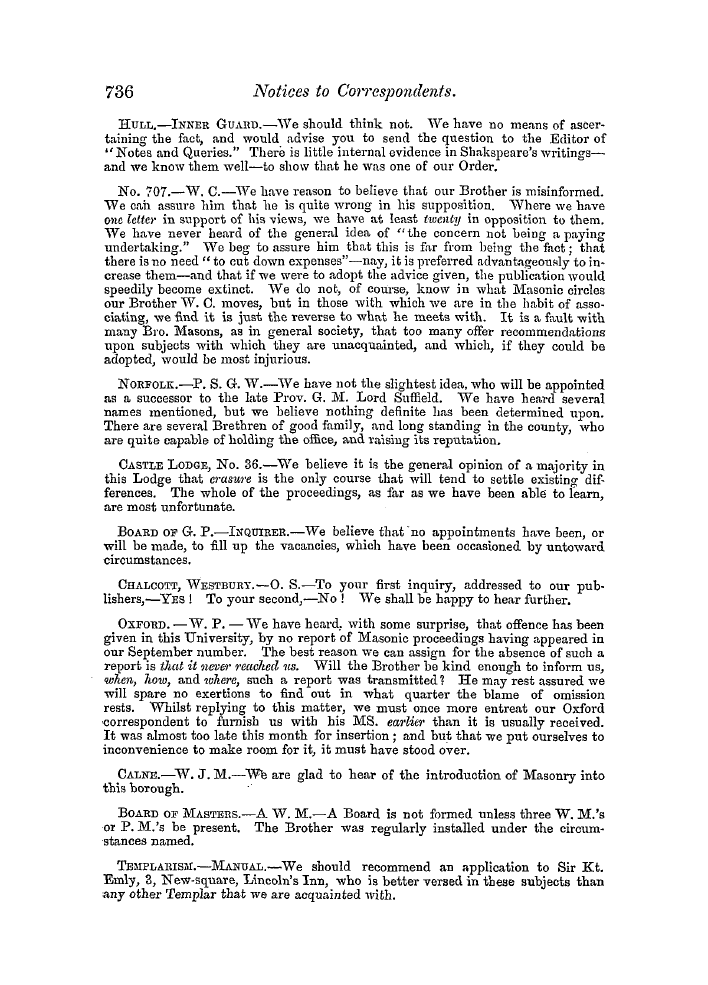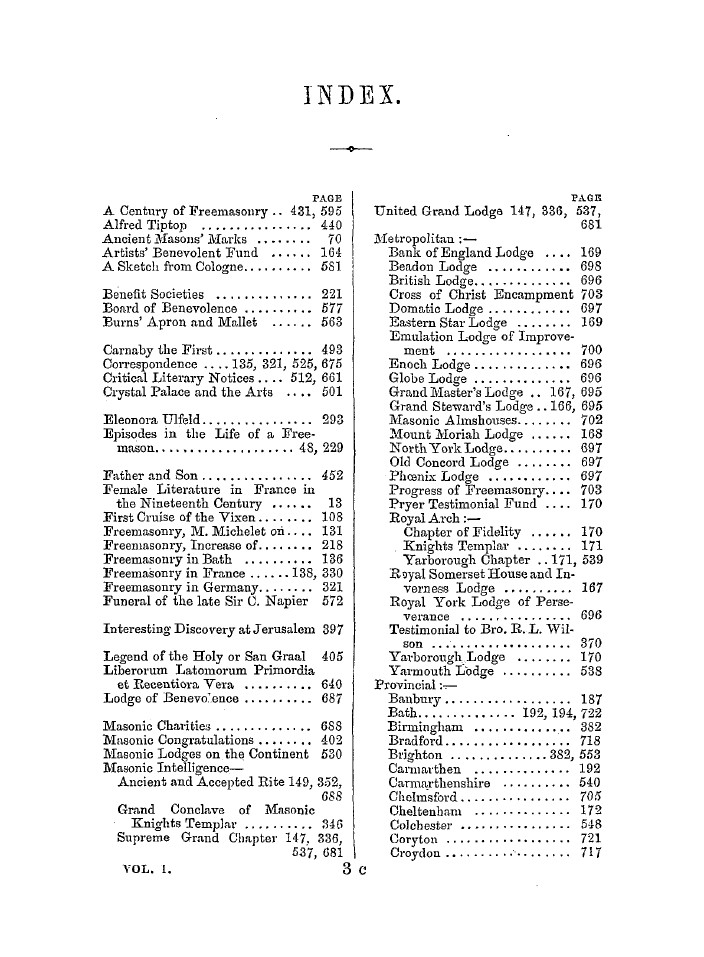-
Articles/Ads
Article THE FAIRY FAMILY. ← Page 2 of 13 →
Note: This text has been automatically extracted via Optical Character Recognition (OCR) software.
The Fairy Family.
spontaneous results of human imagination , exerting its innate tendency to assign a cause for every unusual occurrence or unaccountable phenomenon , ancl of the necessity for a race of beings to whom , in attributing such , gratitude might be paid when due , or propitiation offered against mischances . But
they may also have been created originally as instruments of control over the wild imaginations of uncultivated peoples , subduing them through their credulous fears , as in the case of the mythological deities of old . The meaning and derivation of the term Fairy , is a moot question . Some content themselves with the simple
signification fair people or folk ; others consider it an Arabo-Persian word , the same as Peri ; and some , with most reason , as deriA'ed from fatare , to enchant . Be this as it may , the interested student of the Fays of England , the Fee of France , and the Fata of Italy , will not the less be gratified , though in uncertainty as to their common derivative .
Bourne supposes that the Lamise , or ancient sorceresses , hai * e supplied the foundation for later fairy faith . It has been suggested that this diminutive race has descended from the Lars , or classical household deities , which were of dwarfish size ; ancl several attempts have been made to connect fairy with classical mythology , though with small success . It is true that certain
deities of the classics have assumed lesser dimensions ; but the fairies are essentially diminutive , and would lose their distinctive characteristic by ceasing to be little . We also read of Pigmies , whom the ancients supposed to inhabit the ends of the earth , regions where all natural growth is stunted ; but these were , according to their conceptionsreal human beingsand as
, , such , radically different from our notions of the elfin race . Turning oui * eyes towards Asia , we fix with more certainty upon the ancient Persian Peri-worship , as the earliest origin of European fairy superstition . The Peri Avas probably coeA * al with the religious system of Zoroaster , being represented as the chief attendant of the benevolent deity Ormuzdenthroned in
, realms of everlasting radiance . From this eminence it has descended to the modern Persians ancl Arabians , having so degenerated in its course as to have become a visible being of far more earthly attributes and attachments ; the Mahomedan creed , of course , excluding it from the national religious system . The Persian Peri and Deev became their good and evil genii
, corresponding to the Jinn of the Arabians . The female Peri was beautiful beyond all poiver of description , ancl susceptible of loving and being beloved by mortals . The union of their impalpable fire-formed bodies ivith those of mankind , has 2 s 2
Note: This text has been automatically extracted via Optical Character Recognition (OCR) software.
The Fairy Family.
spontaneous results of human imagination , exerting its innate tendency to assign a cause for every unusual occurrence or unaccountable phenomenon , ancl of the necessity for a race of beings to whom , in attributing such , gratitude might be paid when due , or propitiation offered against mischances . But
they may also have been created originally as instruments of control over the wild imaginations of uncultivated peoples , subduing them through their credulous fears , as in the case of the mythological deities of old . The meaning and derivation of the term Fairy , is a moot question . Some content themselves with the simple
signification fair people or folk ; others consider it an Arabo-Persian word , the same as Peri ; and some , with most reason , as deriA'ed from fatare , to enchant . Be this as it may , the interested student of the Fays of England , the Fee of France , and the Fata of Italy , will not the less be gratified , though in uncertainty as to their common derivative .
Bourne supposes that the Lamise , or ancient sorceresses , hai * e supplied the foundation for later fairy faith . It has been suggested that this diminutive race has descended from the Lars , or classical household deities , which were of dwarfish size ; ancl several attempts have been made to connect fairy with classical mythology , though with small success . It is true that certain
deities of the classics have assumed lesser dimensions ; but the fairies are essentially diminutive , and would lose their distinctive characteristic by ceasing to be little . We also read of Pigmies , whom the ancients supposed to inhabit the ends of the earth , regions where all natural growth is stunted ; but these were , according to their conceptionsreal human beingsand as
, , such , radically different from our notions of the elfin race . Turning oui * eyes towards Asia , we fix with more certainty upon the ancient Persian Peri-worship , as the earliest origin of European fairy superstition . The Peri Avas probably coeA * al with the religious system of Zoroaster , being represented as the chief attendant of the benevolent deity Ormuzdenthroned in
, realms of everlasting radiance . From this eminence it has descended to the modern Persians ancl Arabians , having so degenerated in its course as to have become a visible being of far more earthly attributes and attachments ; the Mahomedan creed , of course , excluding it from the national religious system . The Persian Peri and Deev became their good and evil genii
, corresponding to the Jinn of the Arabians . The female Peri was beautiful beyond all poiver of description , ancl susceptible of loving and being beloved by mortals . The union of their impalpable fire-formed bodies ivith those of mankind , has 2 s 2
































































